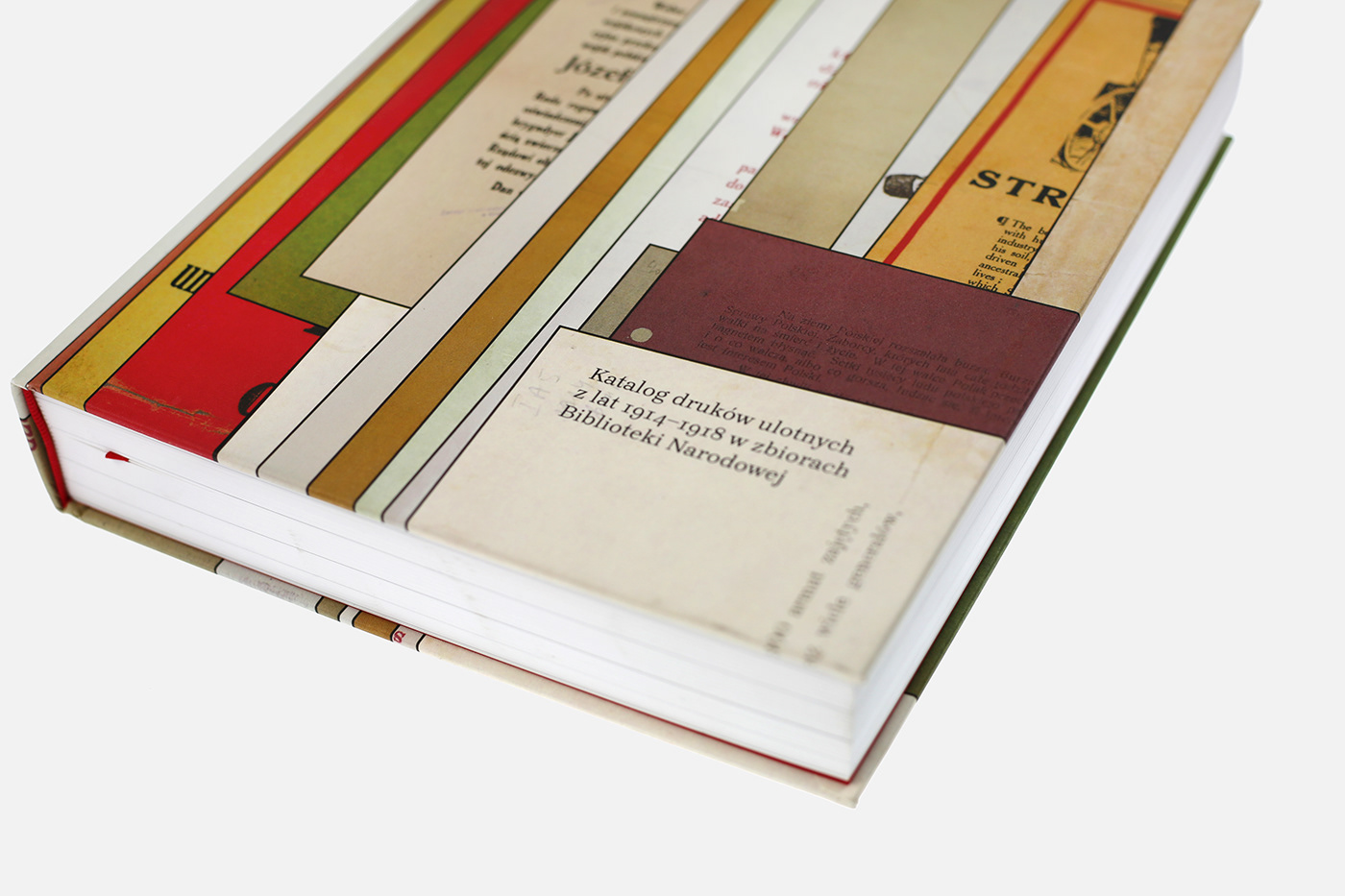
Katalog druków ulotnych z lat 1914–1918 w zbiorach Biblioteki Narodowej
[Catalogue of Printed Ephemera 1914–1918 in collection of the National Library of Poland]
Opracowanie / Editor: Zofia Głowicka
projekt okładki oraz layout’u / cover and layout design: Aleksandra Toborowicz
skład / typesetting: Andrzej Dybowski
klient / client: Biblioteka Narodowa / National Library of Poland
liczba stron / number of pages: 880
format: 240 x 290 mm
data wydania / year: 2018
okładka / cover: Panta Geltex SEDA 135 g, 4+0
wyklejka: Courious Collection Matter Desiree Red 135 g/m2
papier / paper: Olin High White 80 g/m2
druk offsetowy / offset print: 5+5 (CMYK + Pantone Metalic 8003 C)
fonty / fonts: Brygada 1918, Lato
ISBN: 978-83-7009-782-0
"Katalog druków ulotnych z lat 1914–18 w zbiorach Biblioteki Narodowej" został wydany jako ekskluzywny prezent dla gości Biblioteki Narodowej w Polsce. Publikacja zawiera ok. 2500 szczegółowych opisów w podziale na oryginały i technikę. Wyzwaniem było przedstawienie reprodukcji w wielu różnych formatach na rozkładówkach publikacji w czytelny i spójny sposób.
Problem polegał również na znalezieniu profesjonalnych, historycznie dopasowanych polskich czcionek tekstowych w wielu odmianach.
Problem polegał również na znalezieniu profesjonalnych, historycznie dopasowanych polskich czcionek tekstowych w wielu odmianach.
***
The publication was published as an exclusive gift for the guests of the National Library of Poland.
The catalog contains ca. 2500 detailed descriptions divided into originals and technicals. The challenge was to find the best solution for typography – to show originals and technicals together. The layout is divided into two columns: texts in original are wider and in black color, the columns with technical texts are narrower and in metallic color. The another challenge was to present on spreads reproductions in many different formats in a legible and consistent way. The problem was also to find and match professional, historically matching Polish texts fonts with many varietes.









Nagrody i wyróżnienia:
– Nagroda Iron A’Design Award w konkursie A’Design Award & Competition 2018–2019 we Włoszech,
w kategorii Print and Published Media Design Category in 2018, Como, Włochy, 2019
– Nagroda w konkursie "50 Books | 50 Books", w kategorii Covers, konkurs organizowany przez Design Observer & AIGA,
Nowy Jork, USA, 2019
– Wyróżnienie w 59. Konkursie Polskiego Towarzystwa Wydawców Książek (PTWK) "Najpiękniejsze Książki Roku 2018“,
w kategorii książek naukowych i popularnonaukowych, Warszawa, 2019
– publikacja na stronie Typeroom – 20 wybranych nagrodzonych projektów w konkursie A’ Design Award Winners
(Top 20 A’ Design Award Winners with type in their genes), 2019
– wyróżnienie na portalu Behance w kategorii Grafika [17.02.2020]
Awards and distinctions:
– Iron A’Design Award in the A’Design Award & Competition 2018–2019 in Italy, in Print and Published Media Design Category
in 2018, Como, Italy, 2019
– Winner in category 50 Covers in the competition "50 Books | 50 Covers“, organized by Design Observer & AIGA,
NY, USA, 2019
– Honorable Mention in the competition organized by the Polish Association of Publishers (PTWK) 59. Konkurs "Najpiękniejsze Książki Roku 2018" (The Most Beautiful Books of the 2018), Poland, 2019
– featured on Typeroom – Top 20 A’ Design Award Winners with type in their genes, 2019
– featured on Behance in „Graphics“ category [17.02.2020]

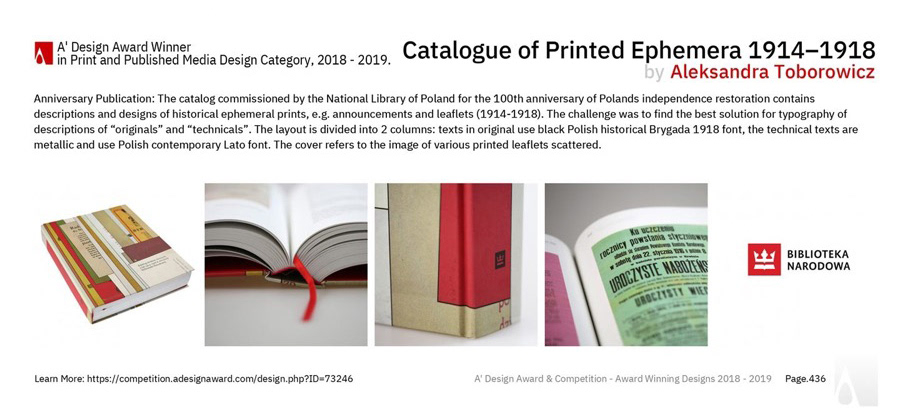
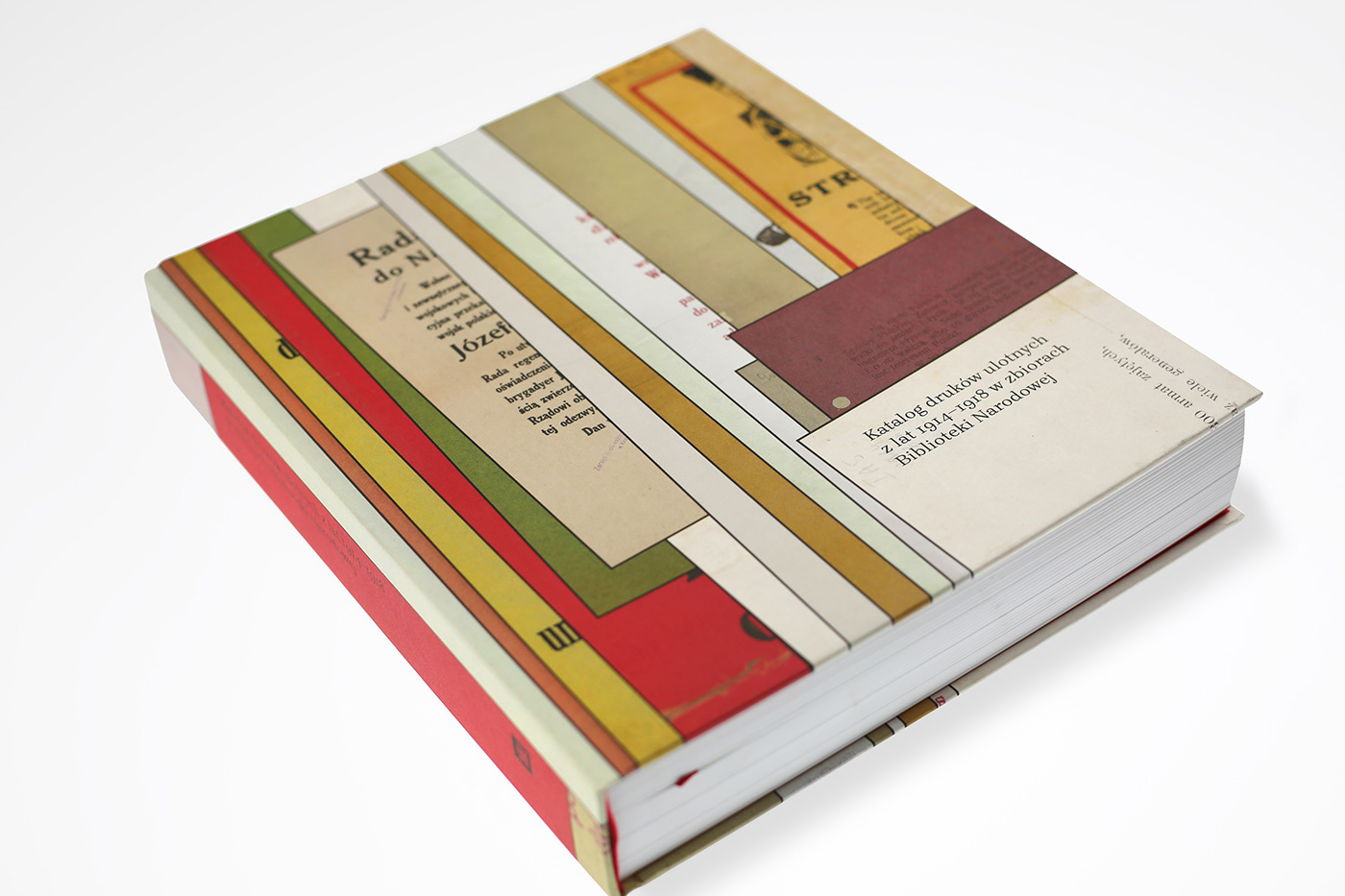
Wydany w ramach programu Niepodległa Katalog druków ulotnych… zawiera 2588 opisów stanowiących bogatą i ciekawą kolekcję odezw, obwieszczeń, rozkazów, afiszy, zaproszeń, ulotek i jednodniówek z lat 1914–1918, znajdujących się w zbiorach Zakładu Dokumentów Życia Społecznego Biblioteki Narodowej w Warszawie. Są to w większości dokumenty rozpowszechniane na terenach Rzeczypospolitej przedrozbiorowej, ale też druki z pozostałych obszarów krajów zaborczych, uzupełnione materiałami z terenów państw zamieszkiwanych przez emigrację – Francji, Szwajcarii czy Stanów Zjednoczonych Ameryki. Najliczniejsze dokumenty pochodzące od okupantów to odezwy, ogłoszenia i nakazy regulujące różne aspekty życia ludności cywilnej, ukazujące mechanizmy działania władz: od organizowania handlu (m.in. taryfy cen żywności i artykułów codziennego użytku, zasady funkcjonowania sklepów), przez druki dotyczące porządku publicznego (czystości, zasad poruszania się po ulicach, przestrzegania godziny policyjnej) po regulacje wynajmowania mieszkań oficerom lub przedstawicielom władz cywilnych czy zakaz zaczepiania i prowadzenia rozmów z żołnierzami. Liczne druki dotyczą obciążeń miejscowej ludności, np. rekwizycji różnych przedmiotów i produktów na potrzeby wojska, podatków, w tym opłat od towarów luksusowych, futer, a nawet psów. Znajdują się tu także ogłoszenia informujące o wykonanych wyrokach śmierci na szpiegach i pospolitych przestępcach, listy gończe z zachętą w postaci różnej wysokości nagród finansowych za pomoc w schwytaniu osób poszukiwanych oraz regulacje funkcjonowania zawodowych prostytutek. Druki ulotne mają szczególną wartość, w tamtych czasach stanowiły bowiem jedno z podstawowych źródeł informacji dla społeczeństwa, a jednocześnie narzędzie propagandy – powielane w wielu egzemplarzach docierały do przedstawicieli wszystkich klas, będąc swoistym internetem, radiem i telewizją tamtych czasów. Dokumenty te niosły ze sobą duży ładunek emocjonalny, który umożliwia też dzisiejszym czytelnikom zrozumienie i odczucie atmosfery tego ważnego w historii naszego kraju okresu. (źródło BN)
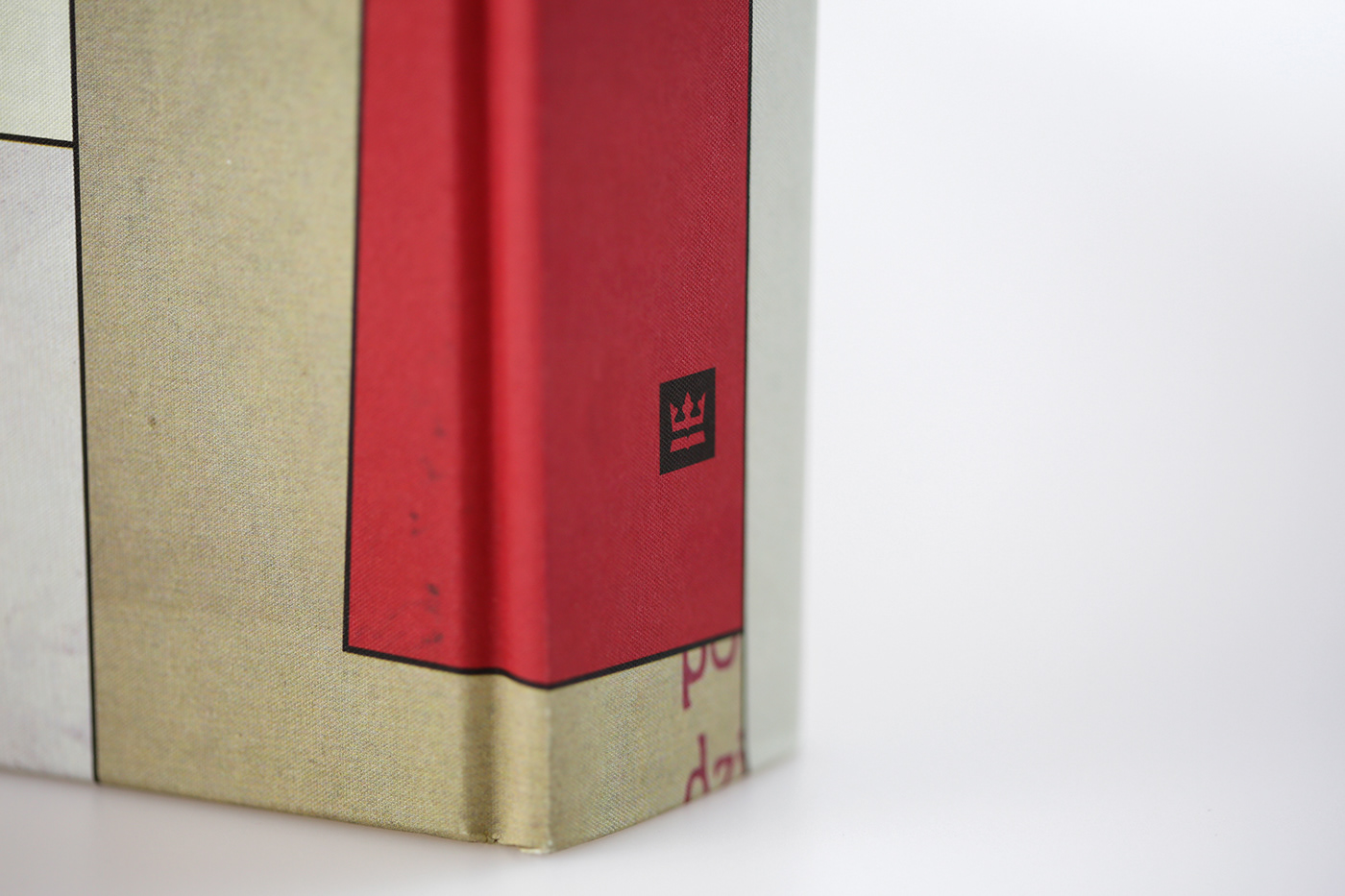
Released as part of the „Niepodległa“ program. The publication contains 2588 descriptions constituting a rich and interesting collection of proclamations, announcements, orders, posters, invitations, leaflets and one-day passes from 1914-1918, in the collection of the Documents of Social Life of the National Library in Warsaw. These are mostly documents distributed on the territory of the pre-partition Poland, but also prints from other areas of the partitioning countries, supplemented with materials from the territories of countries inhabited by emigration - France, Switzerland or the United States of America. The most numerous documents originating from the occupiers are proclamations, announcements and orders regulating various aspects of civilian life, showing the mechanisms of the authorities: from organizing trade (including food and commodity tariffs, rules for the functioning of shops), through public order (cleanliness, rules of moving around the streets, observing the curfew), regulations for renting apartments to officers or representatives of civil authorities or prohibition of accosting and conducting talks with soldiers. Numerous prints concern the burdens of the local population, eg requisition of various items and products for the needs of the army, taxes, including fees on luxury goods, furs and even dogs. There are also announcements informing about executed death sentences on spies and common criminals, arrest warrants with encouragement in the form of different amounts of financial prizes for help in catching wanted people and regulations for the functioning of professional prostitutes. Fleeting prints are of special value, in those days they were one of the basic sources of information for society, and at the same time the propaganda tool - reproduced in many copies - reached the representatives of all classes, being a kind of internet, radio and television of those times. These documents allows today's readers to understand and feel the atmosphere of this important period in our country's history. (source: BN)
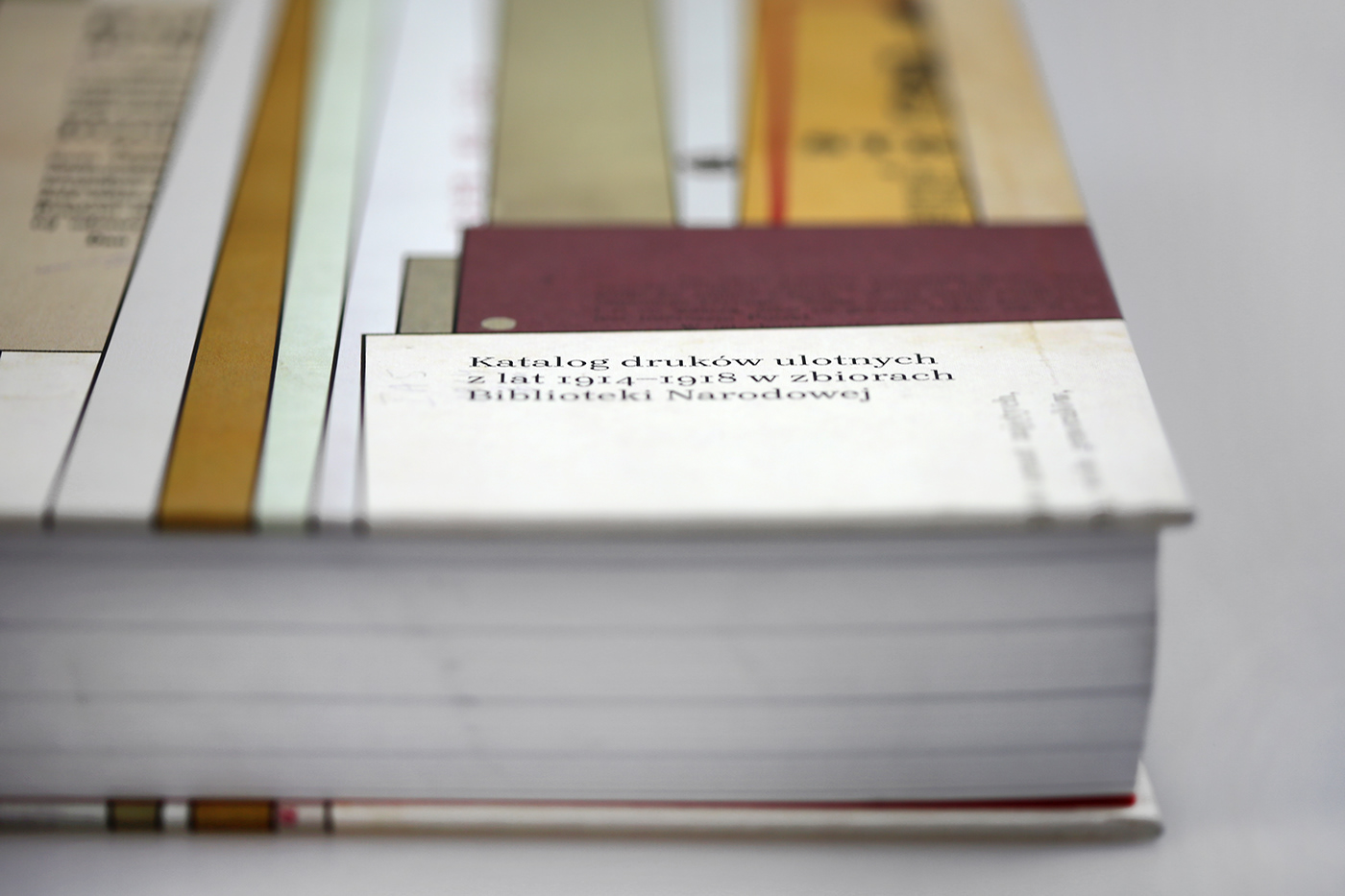

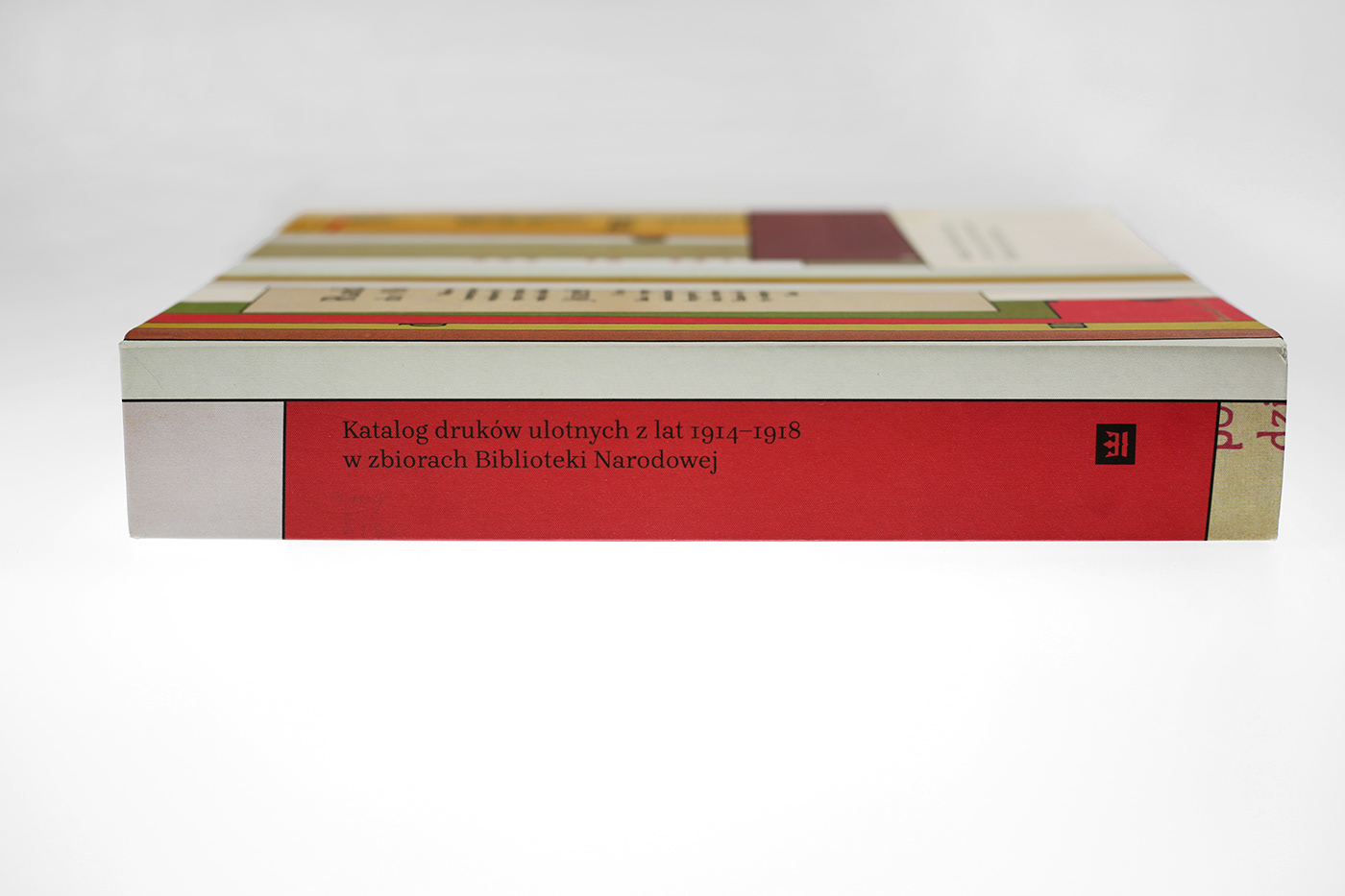


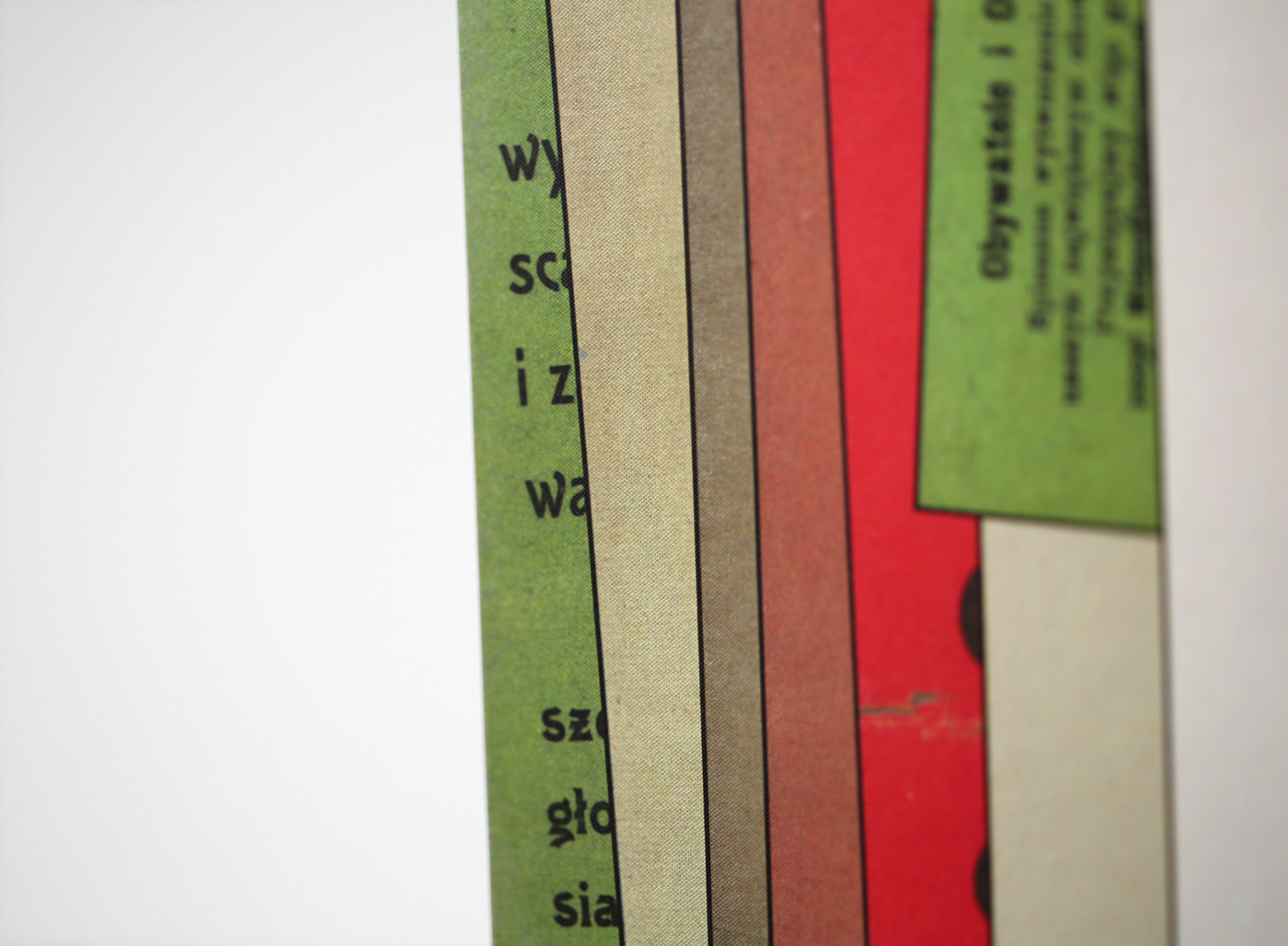

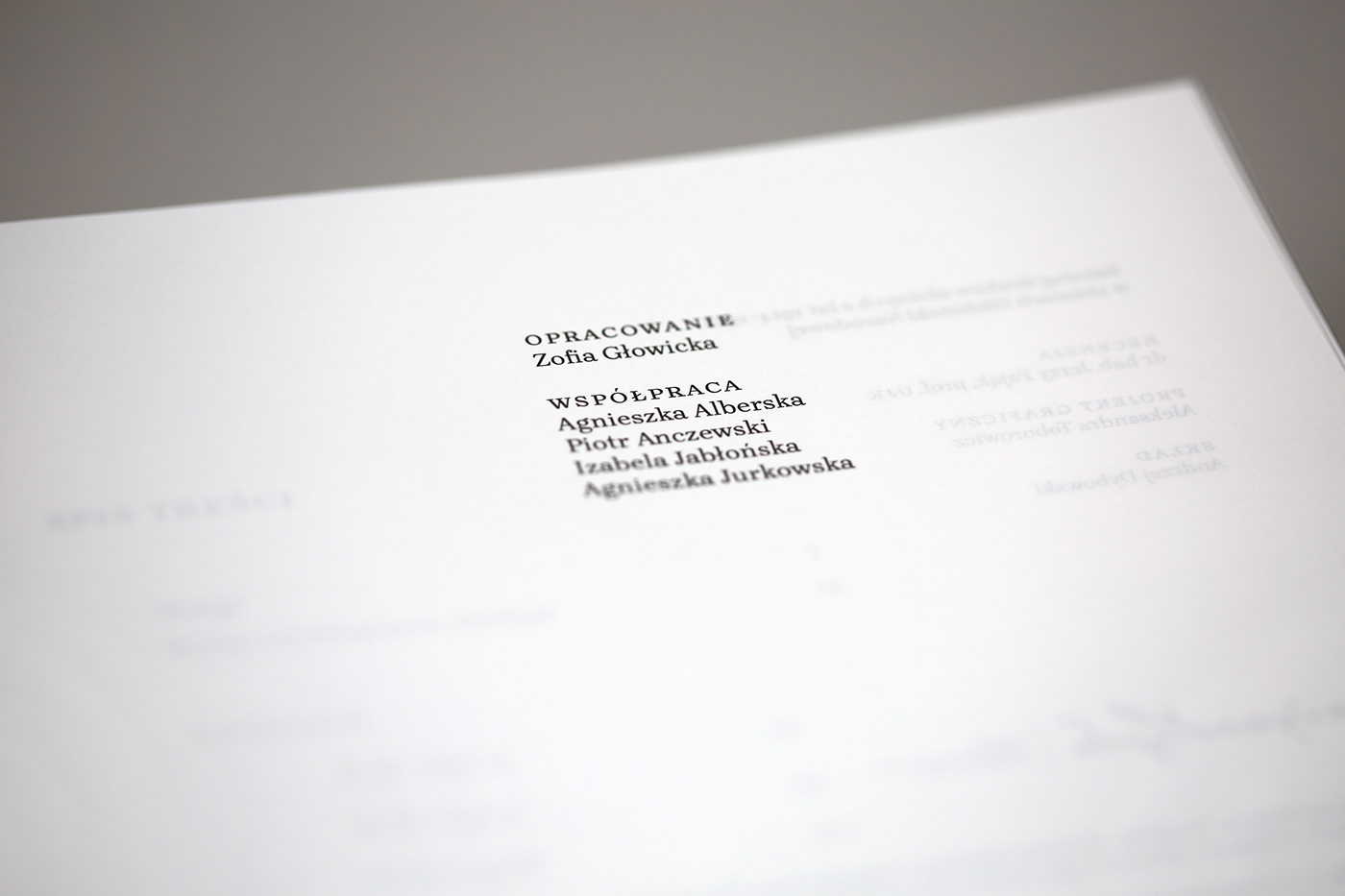

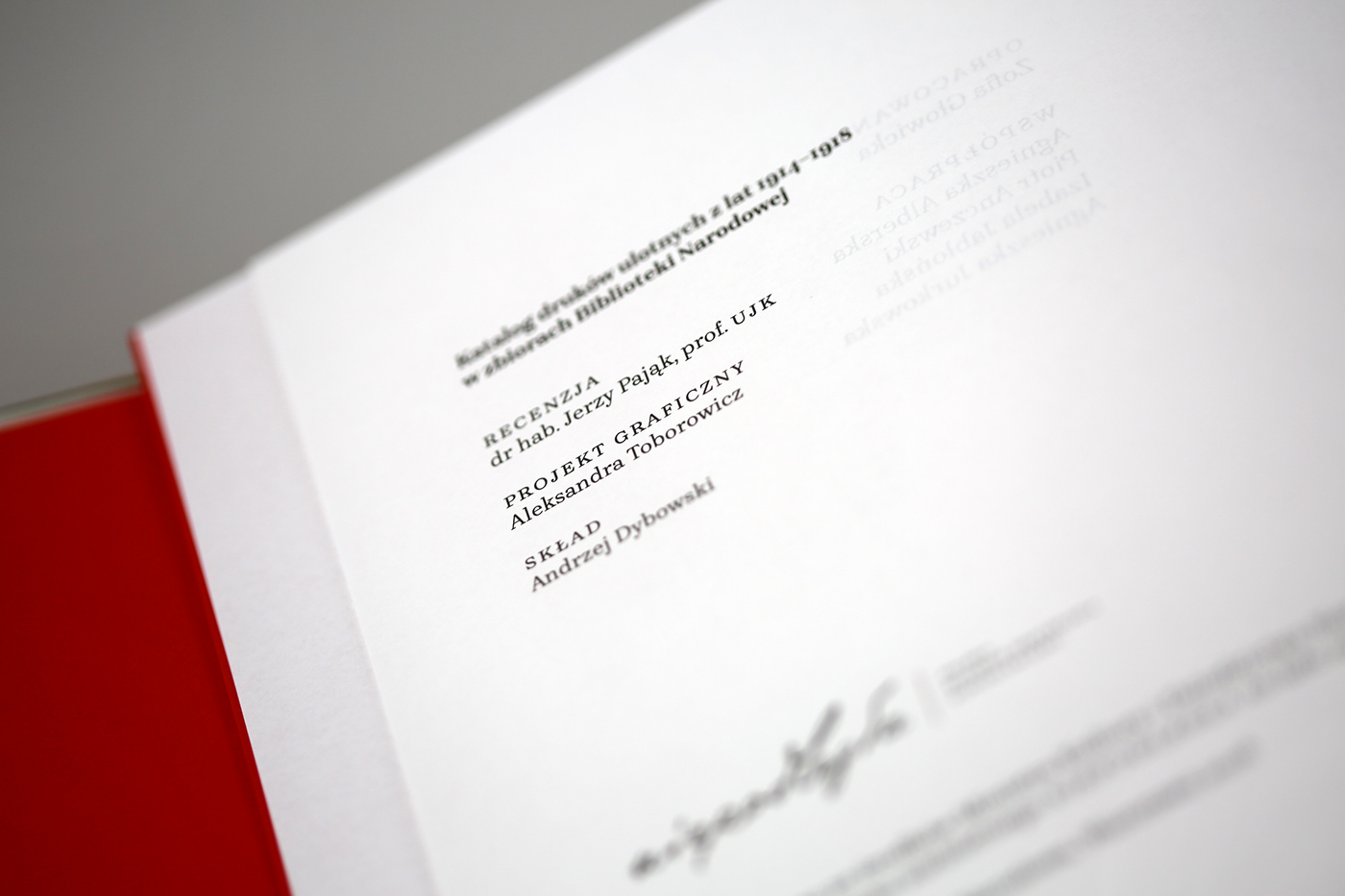
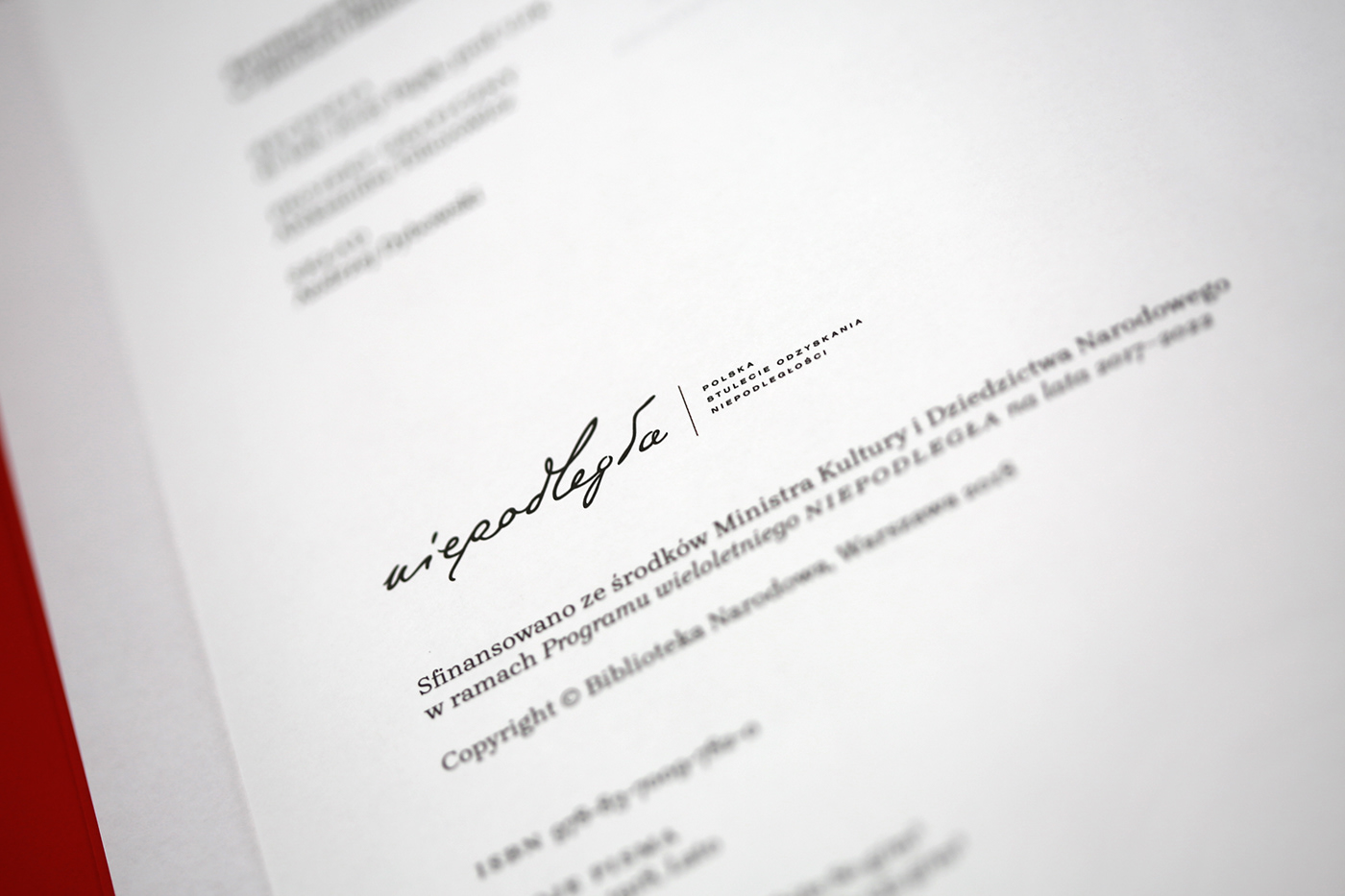
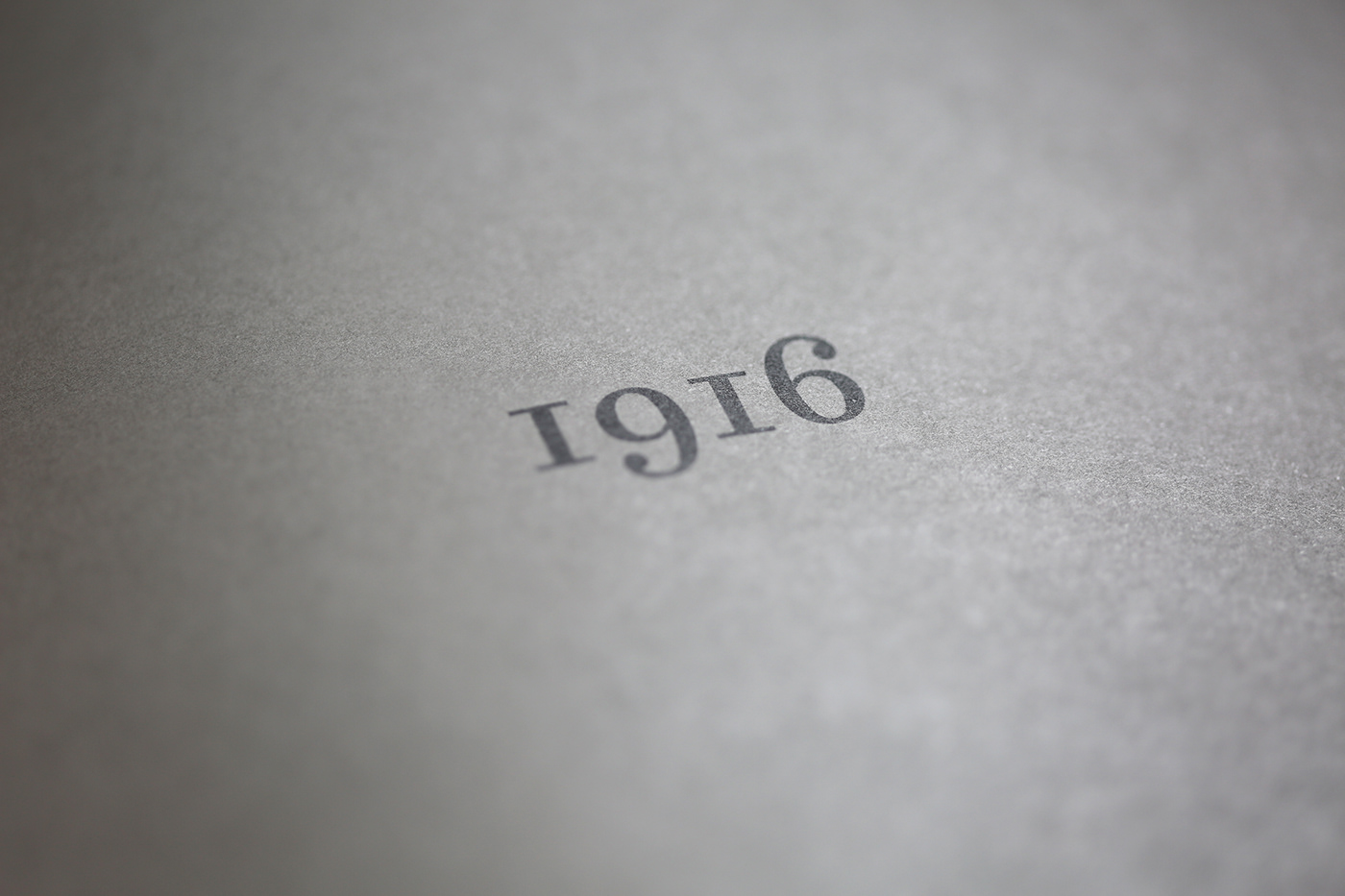
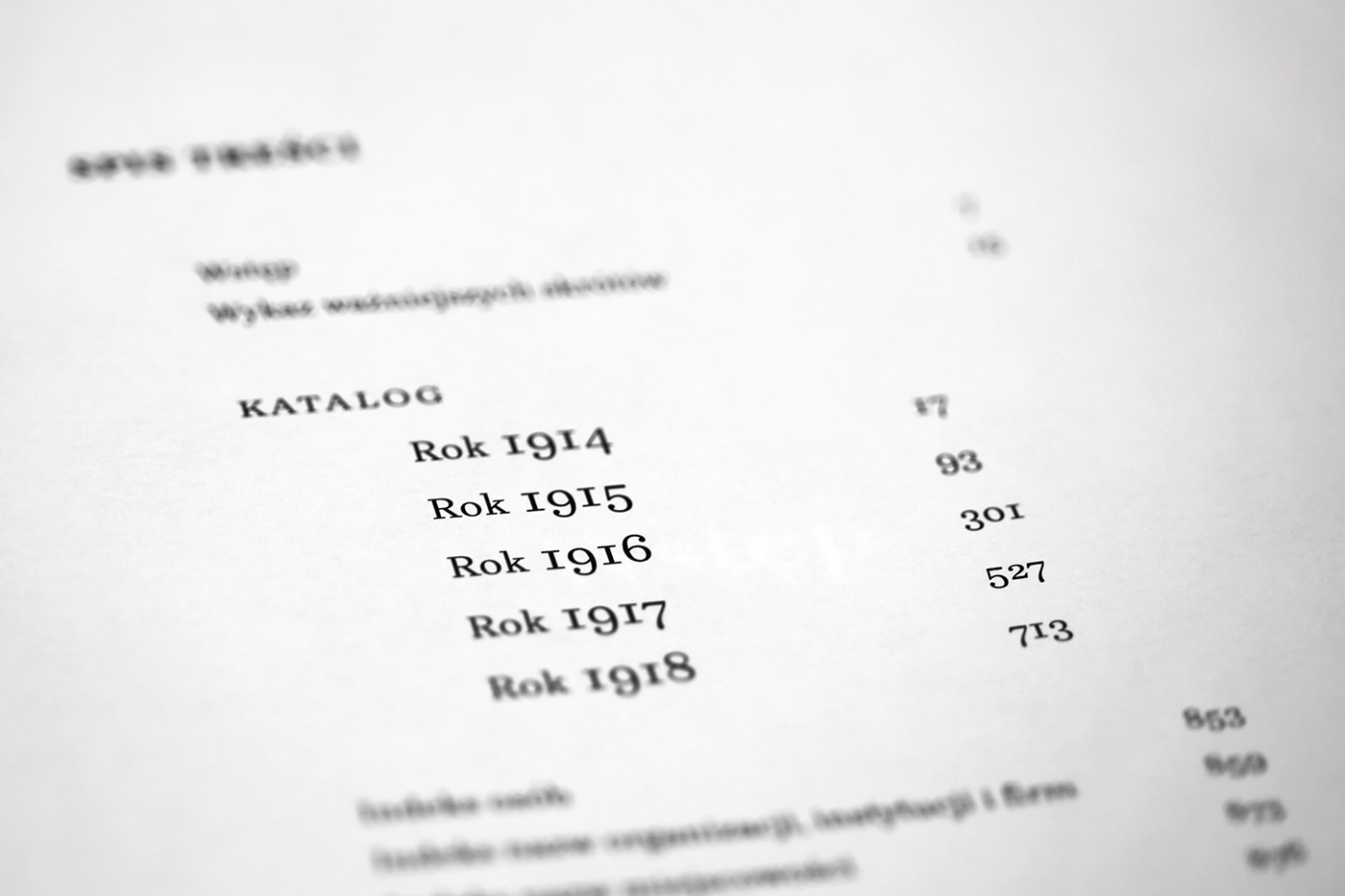
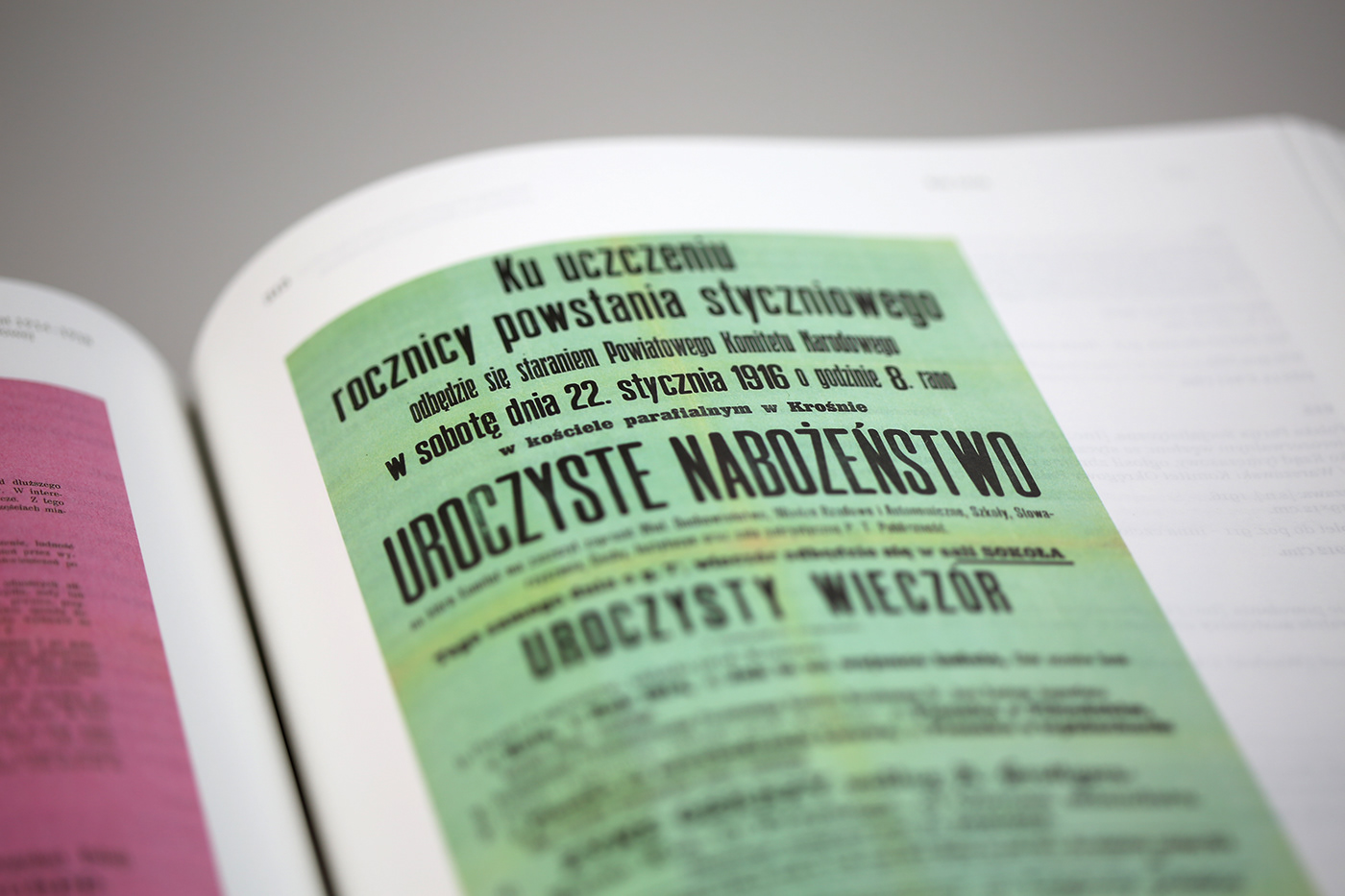
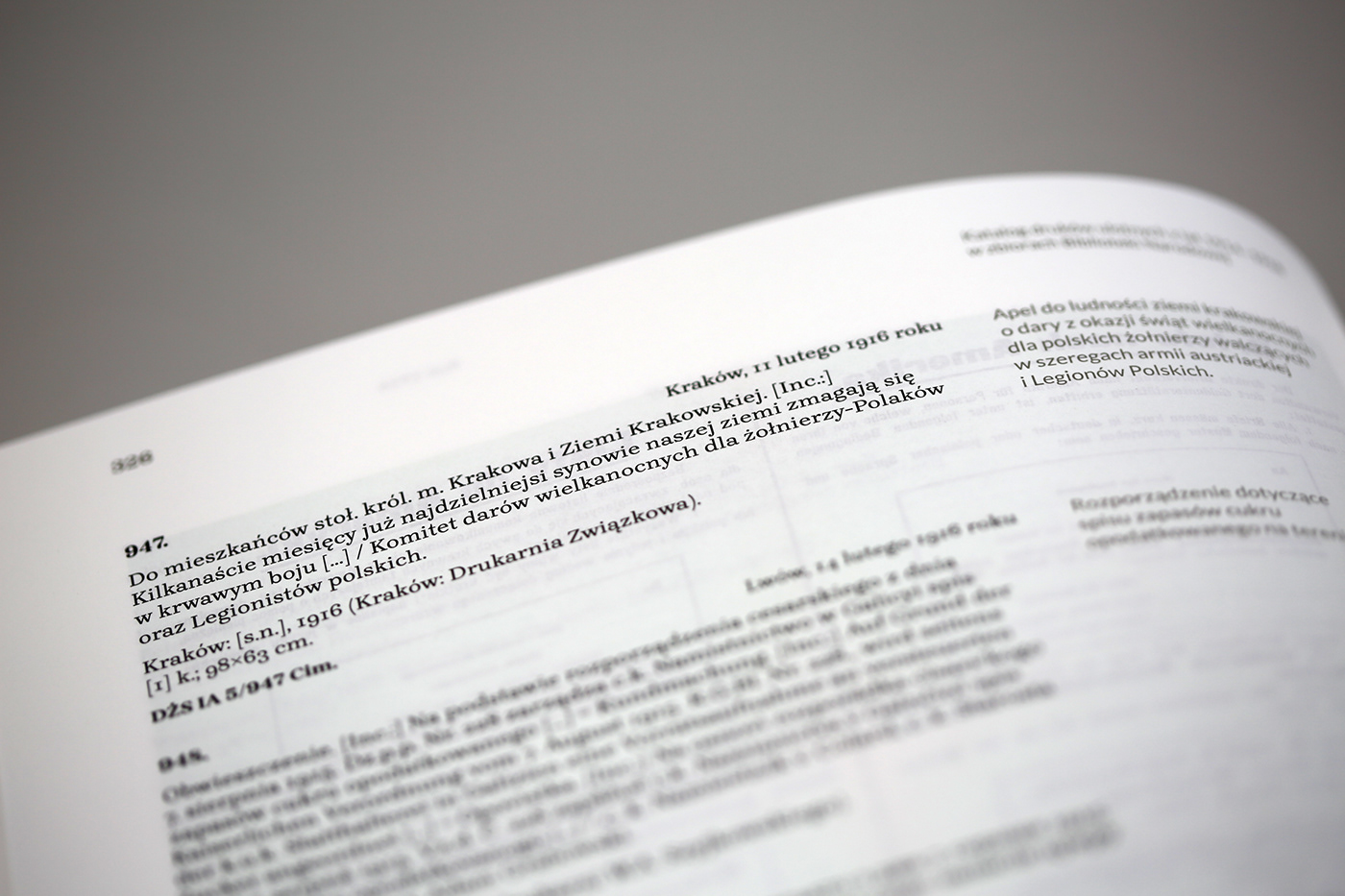
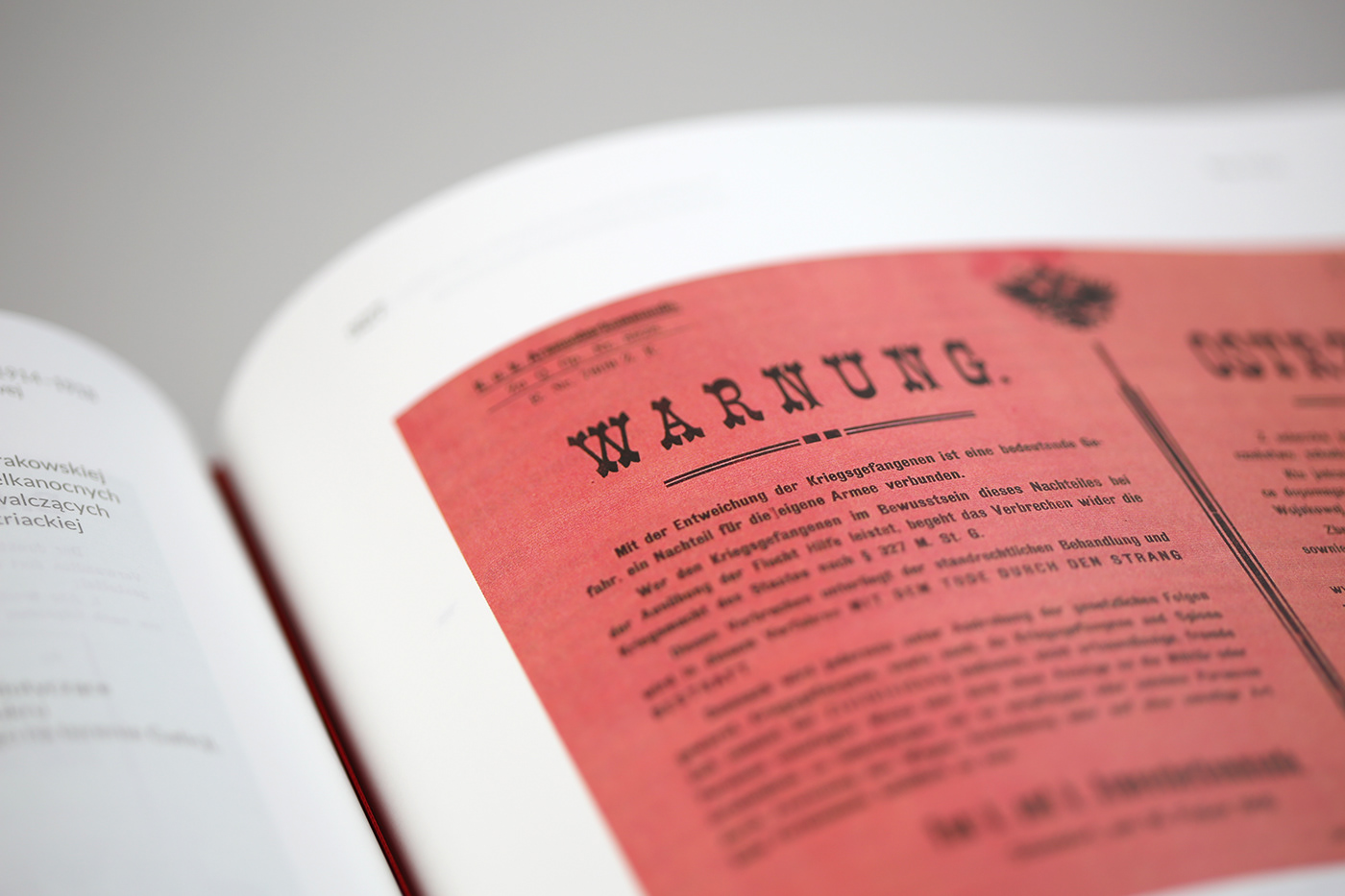
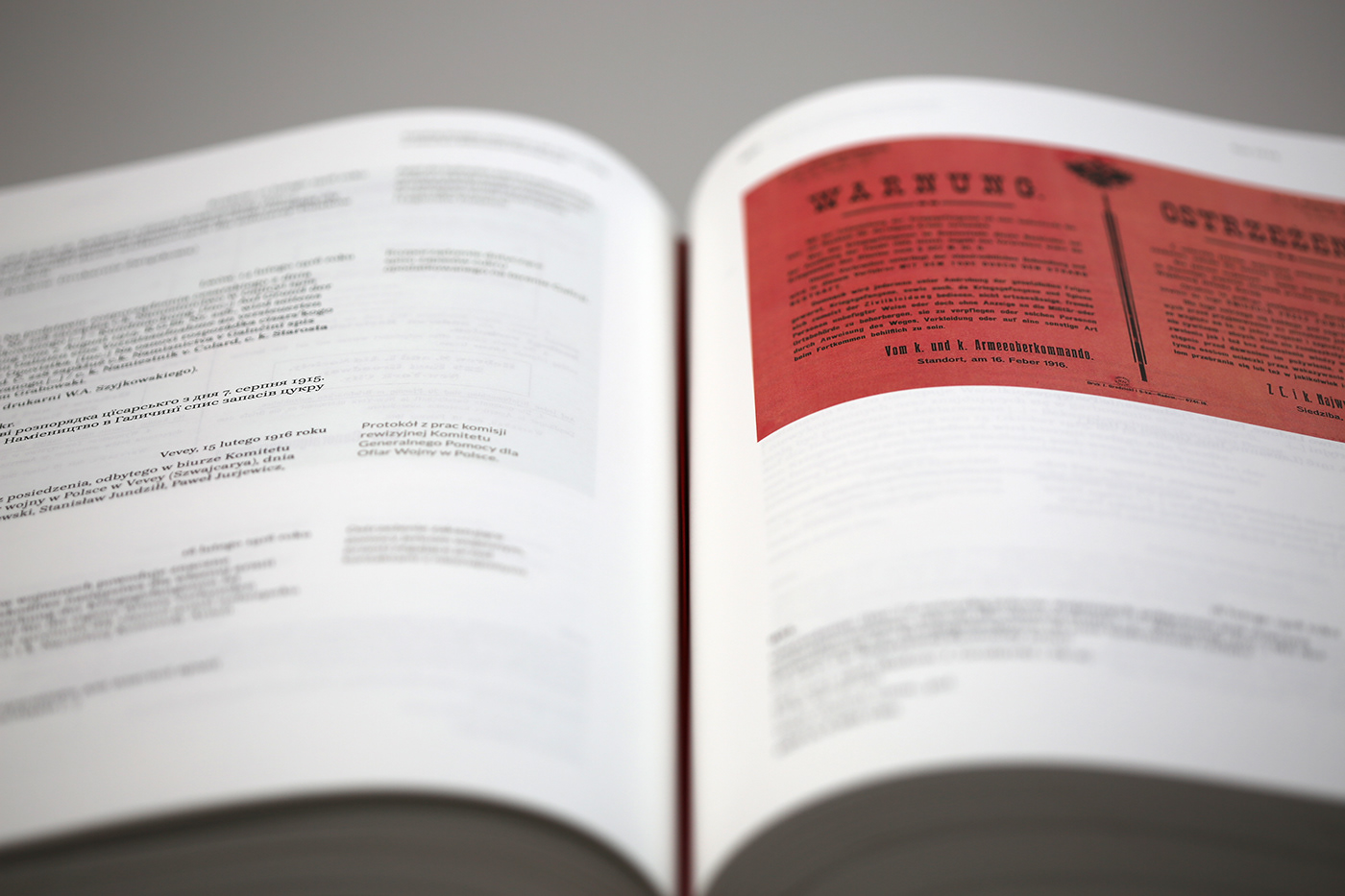
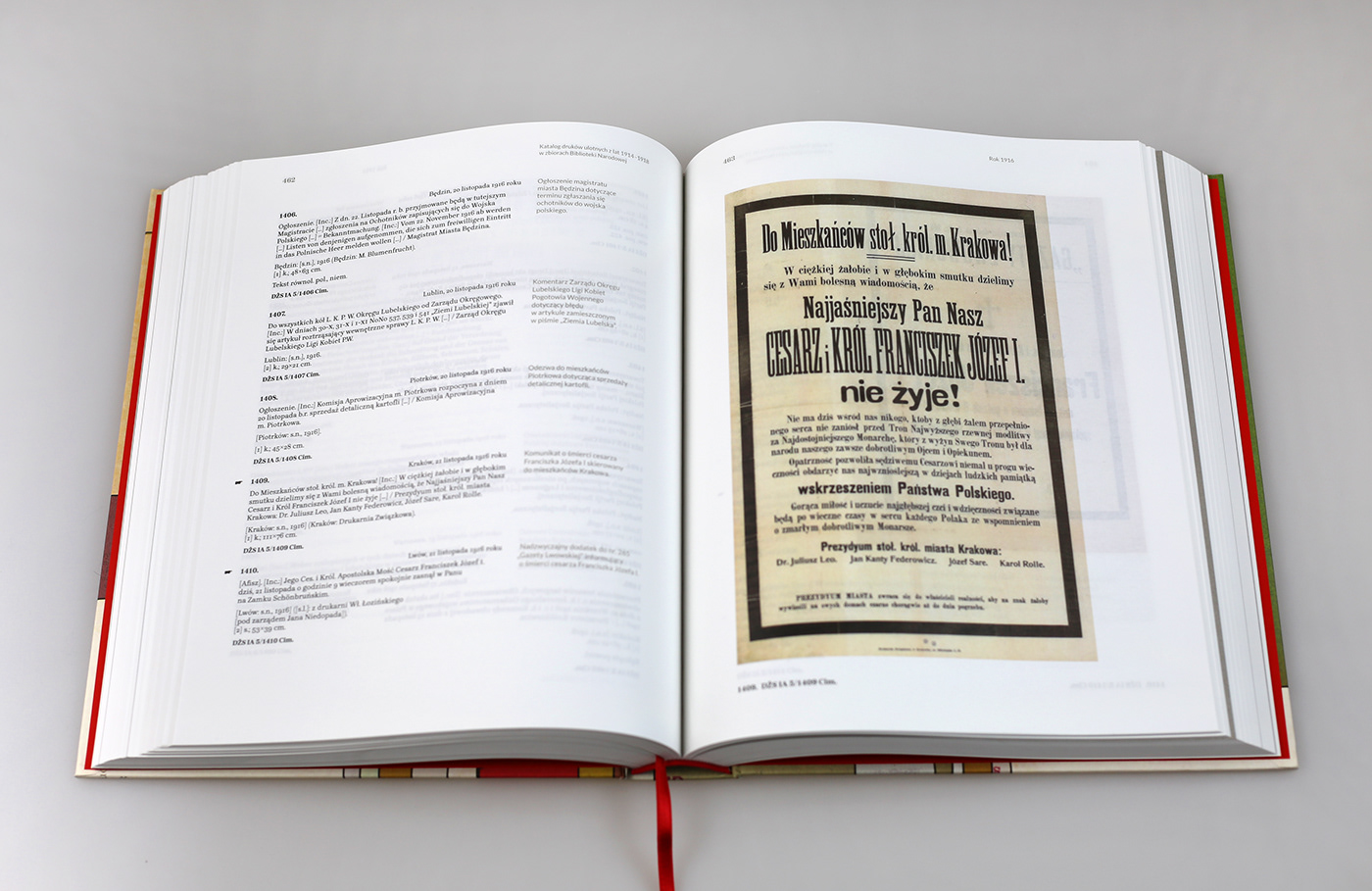
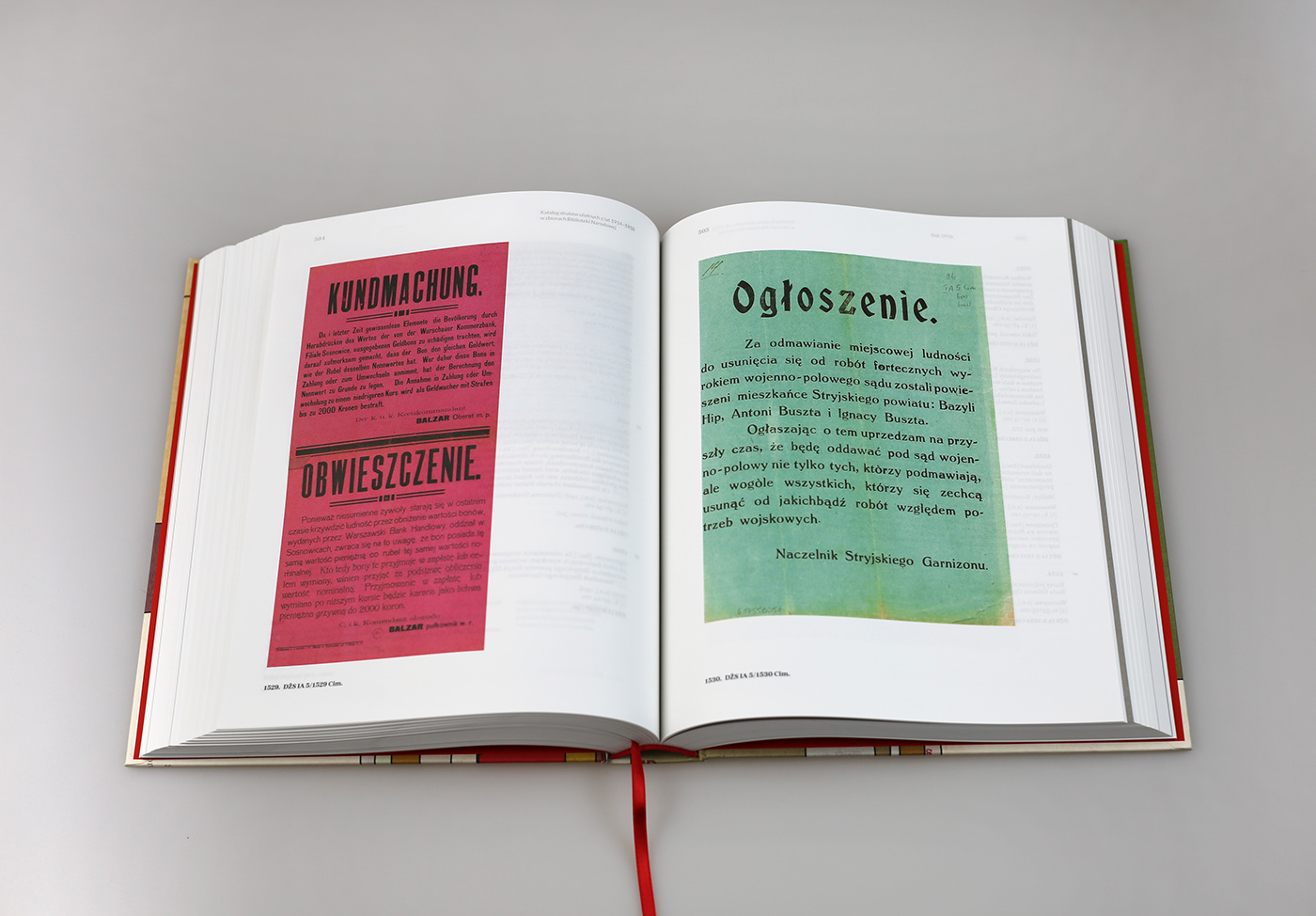

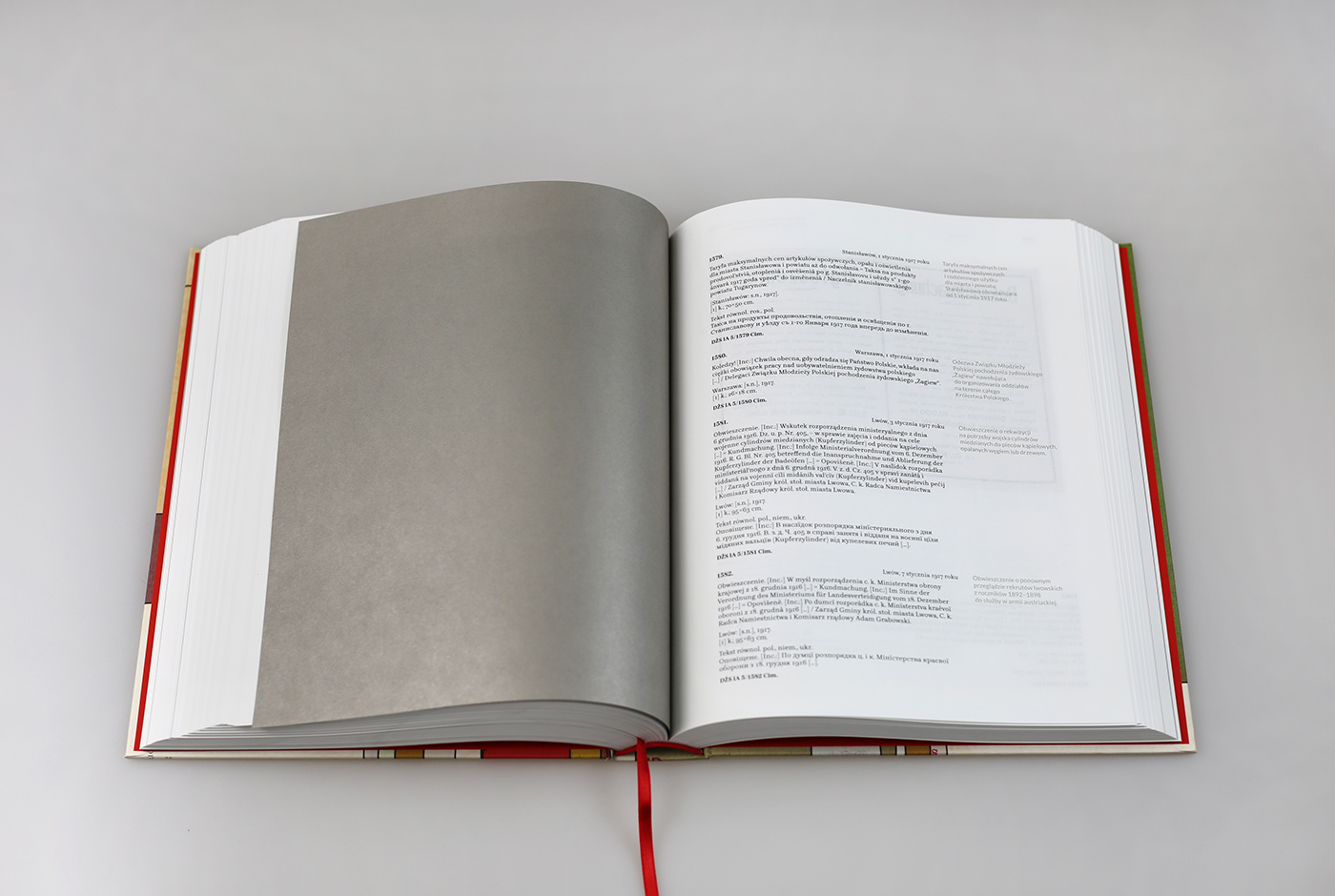

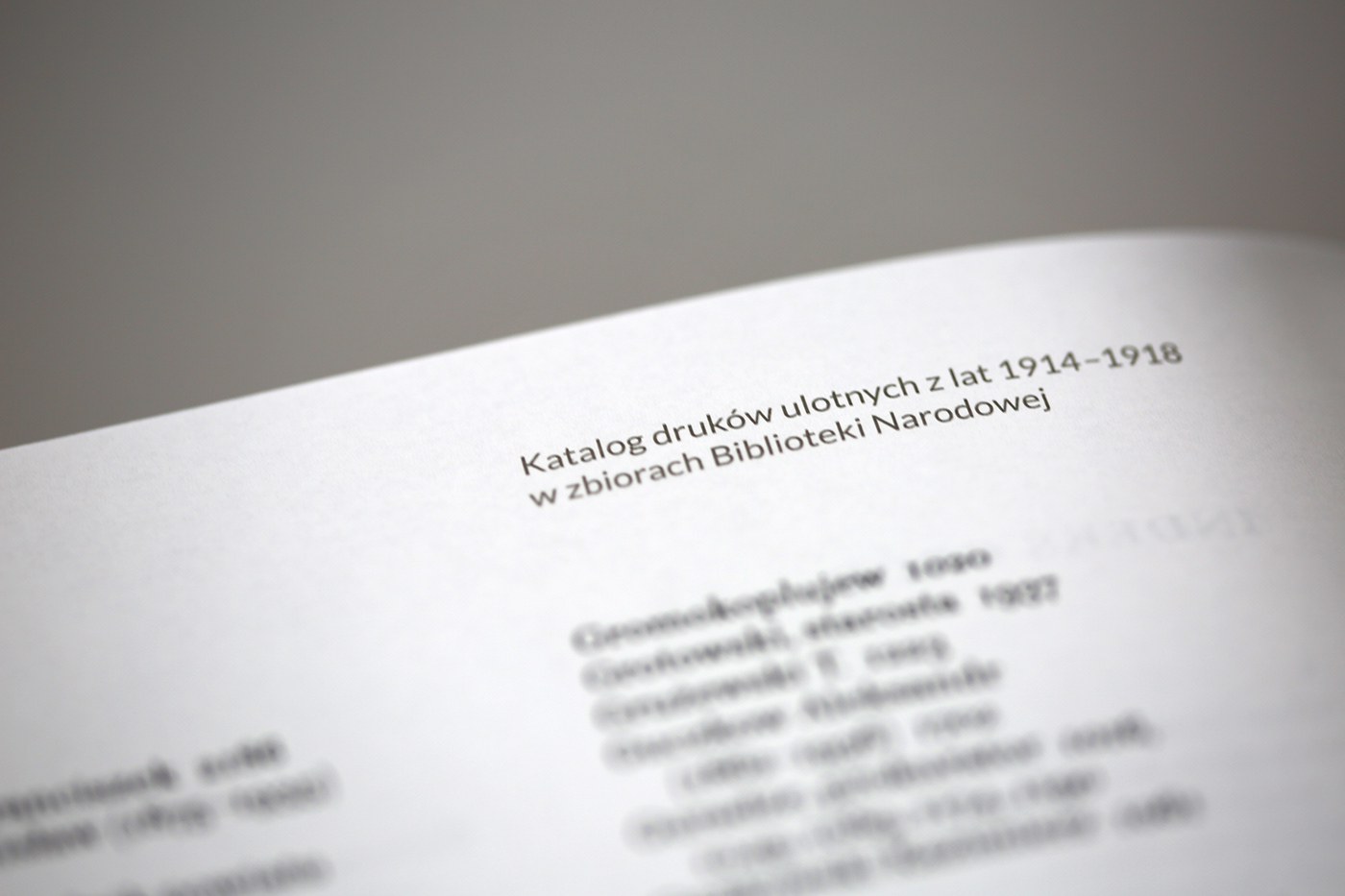

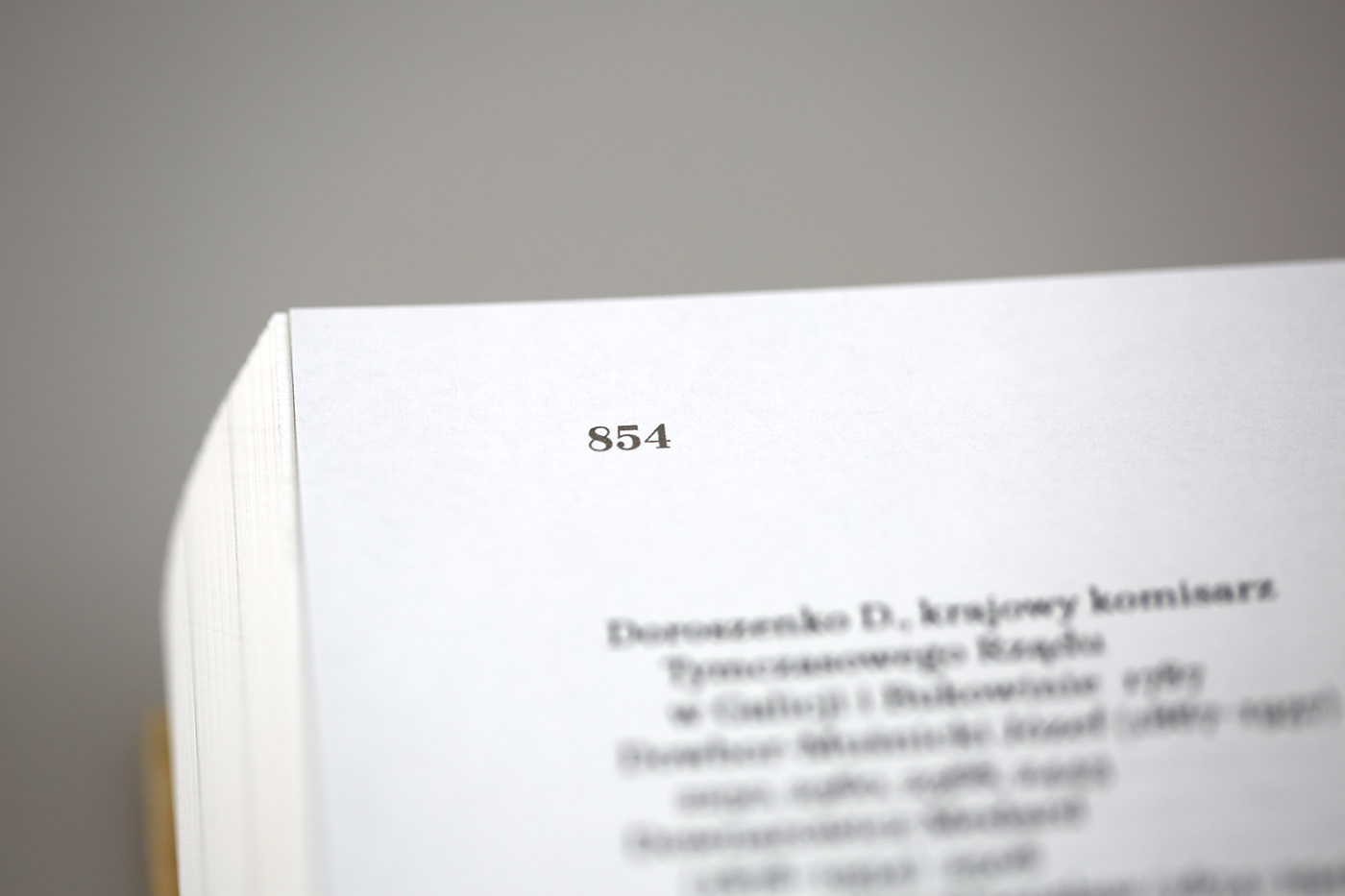
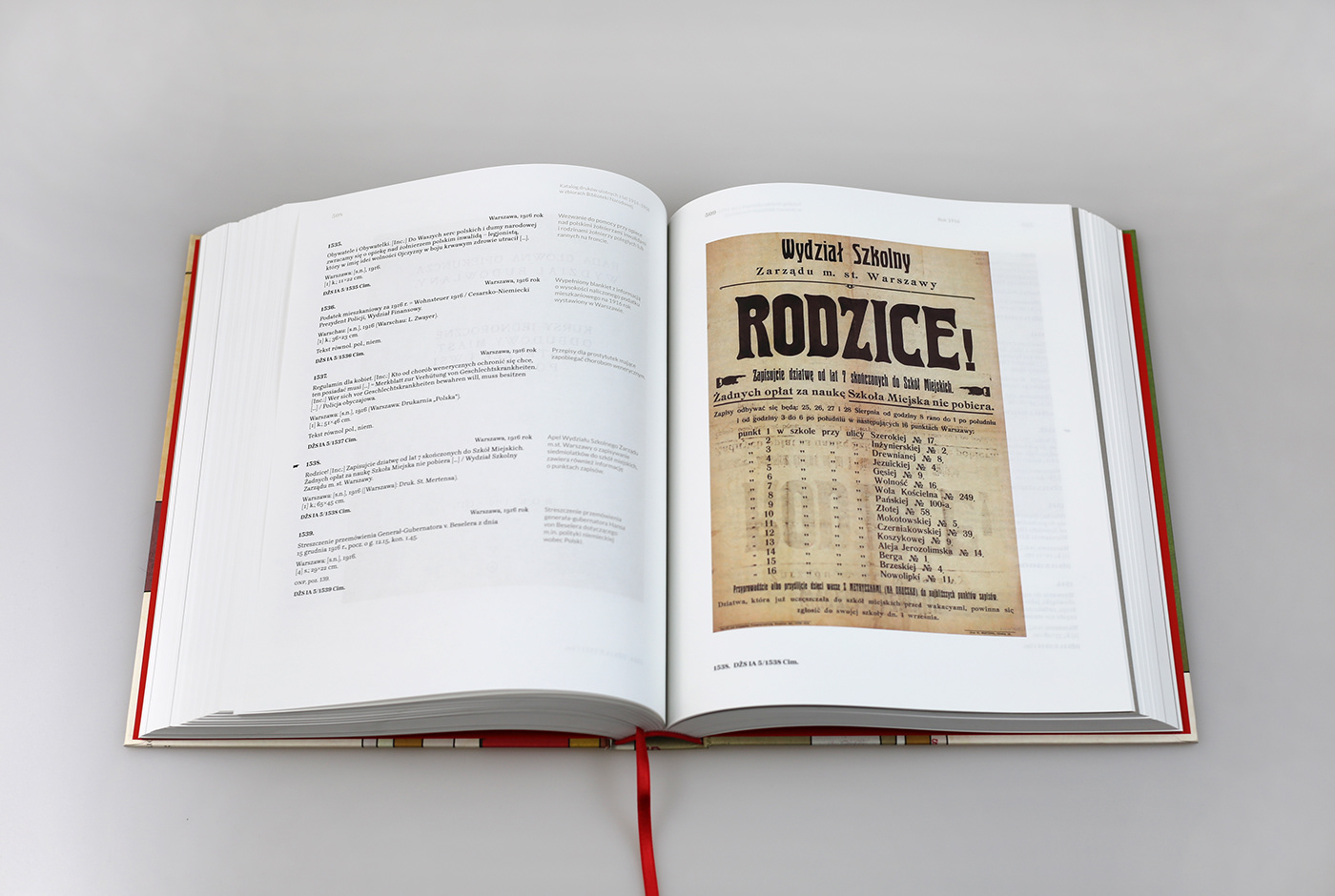
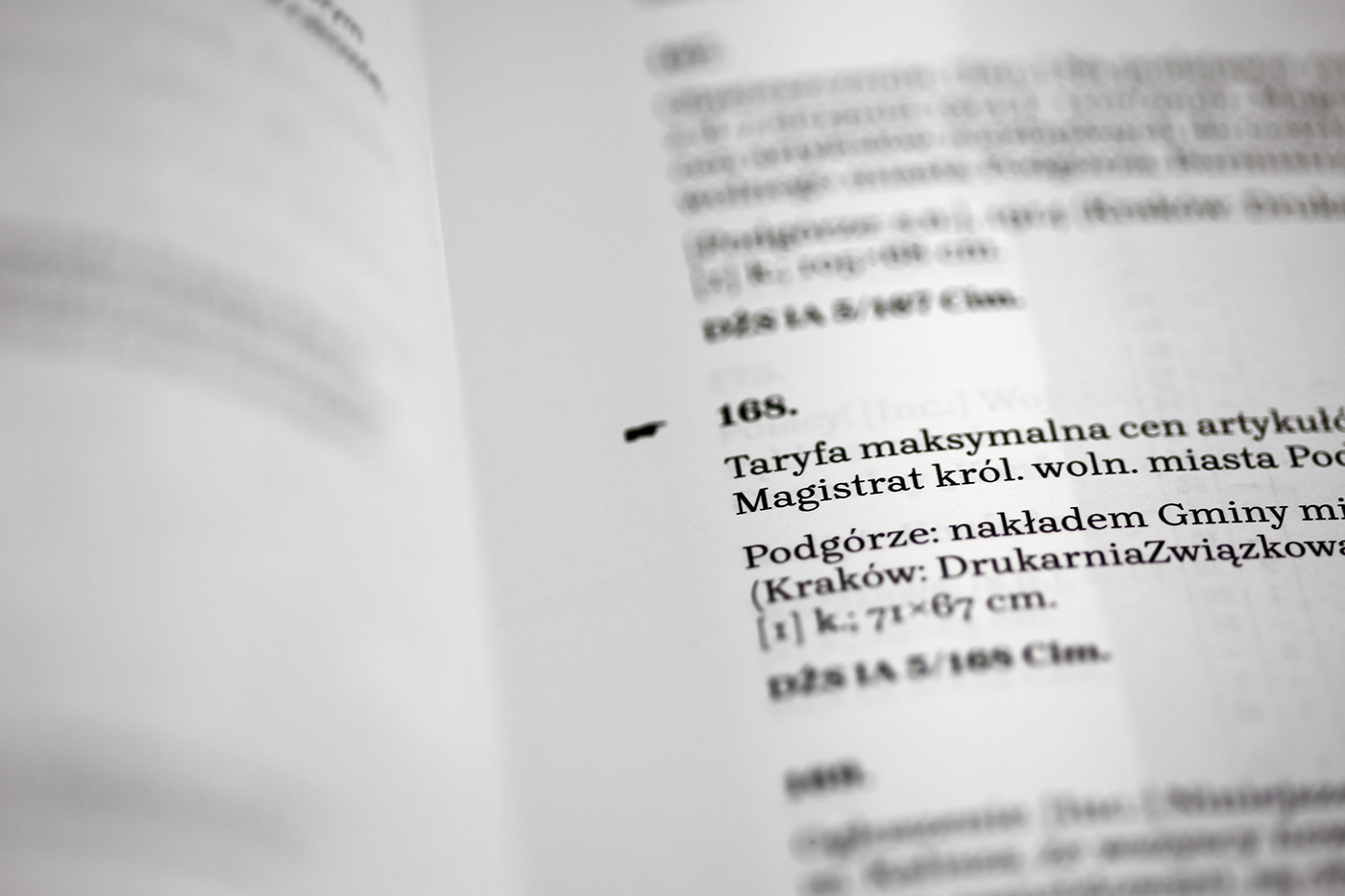
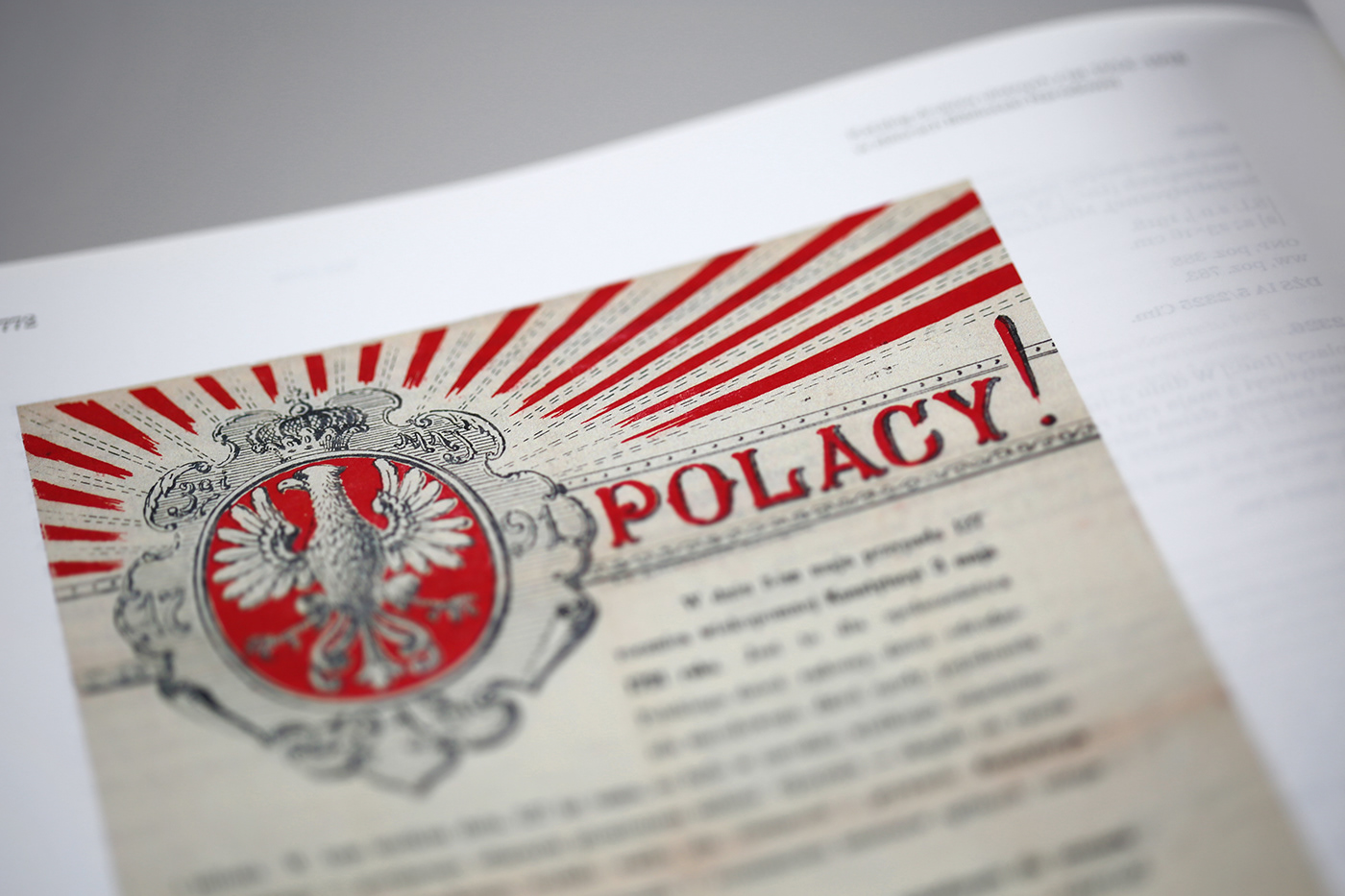
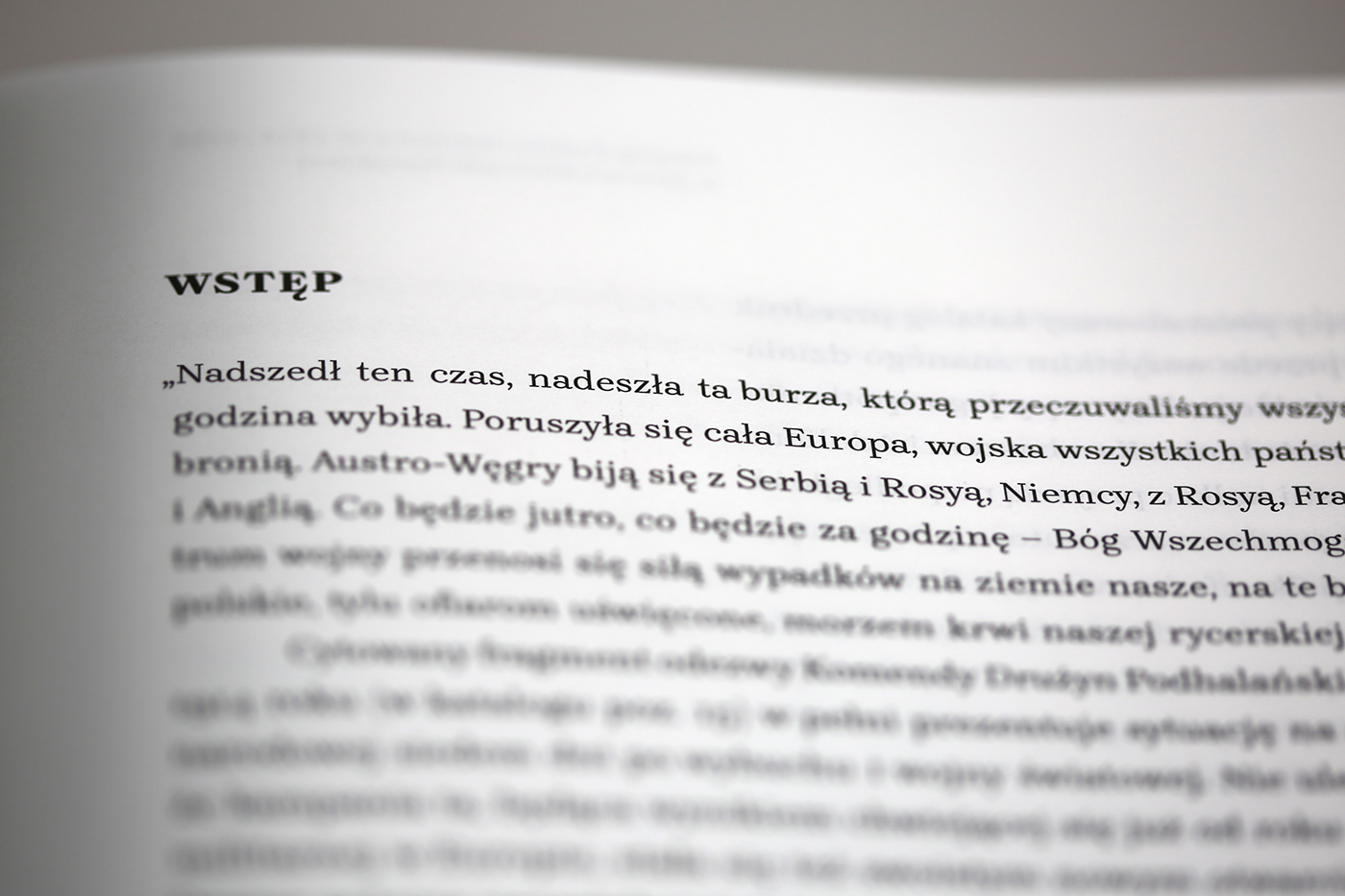
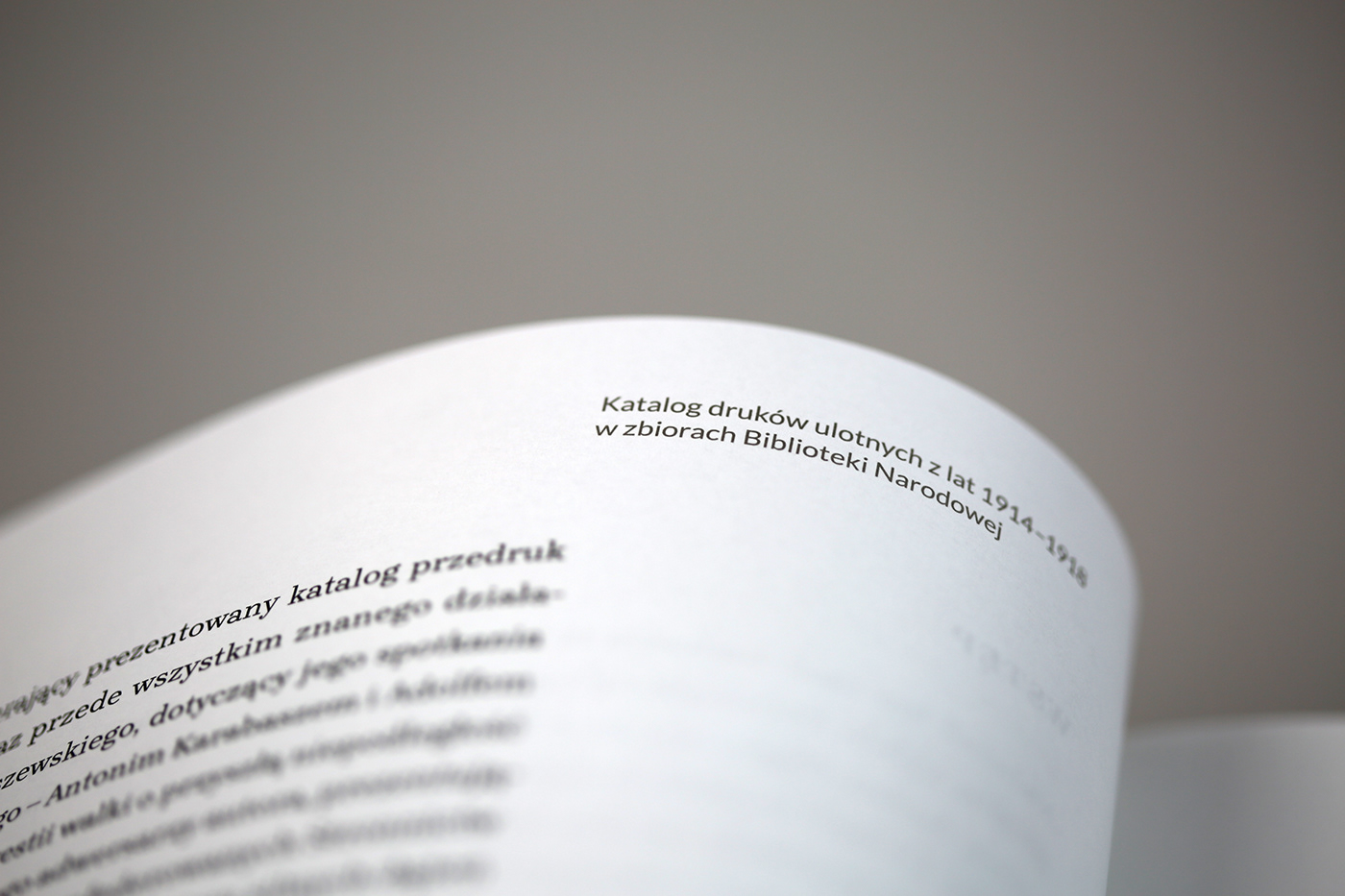
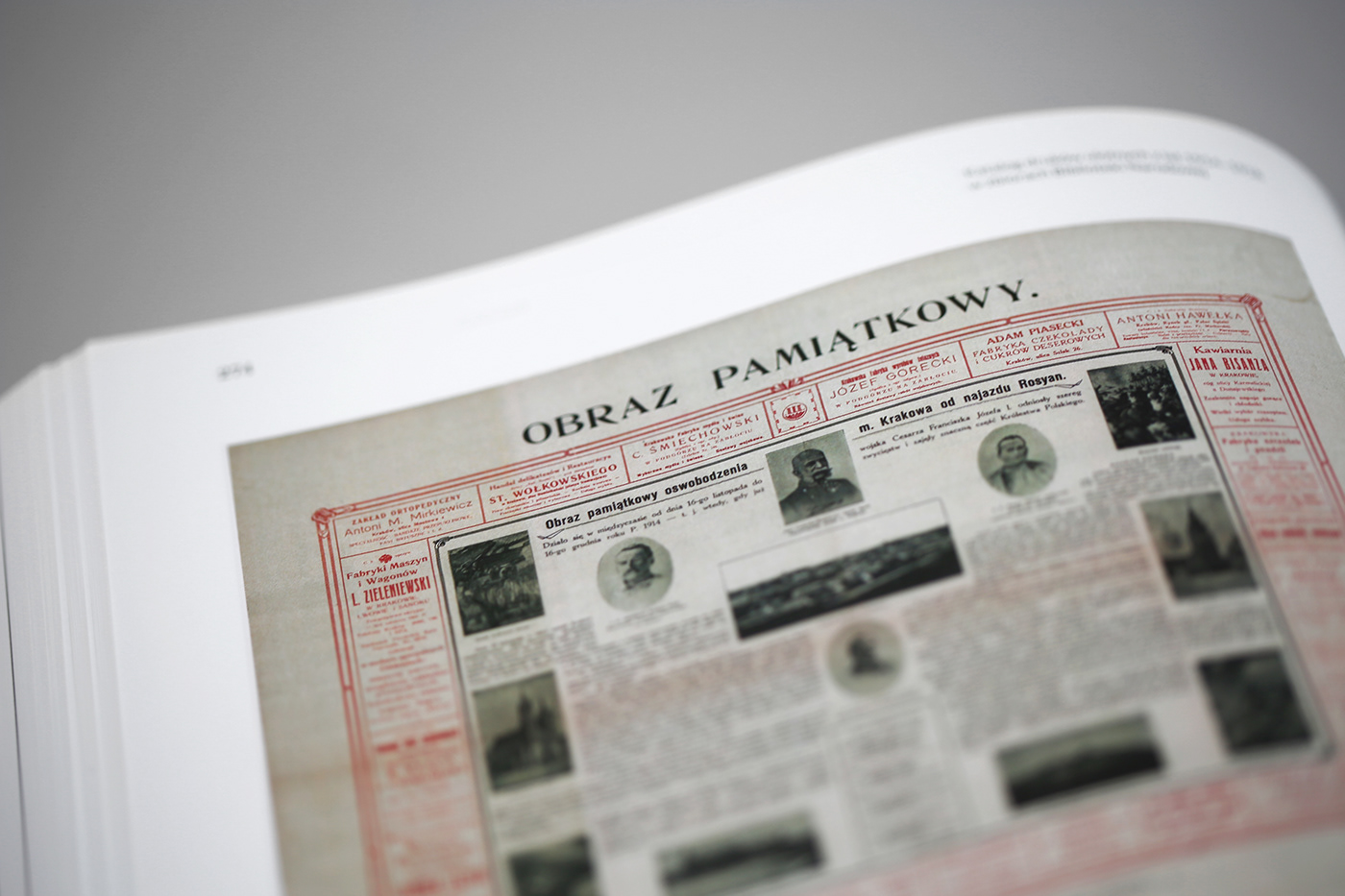
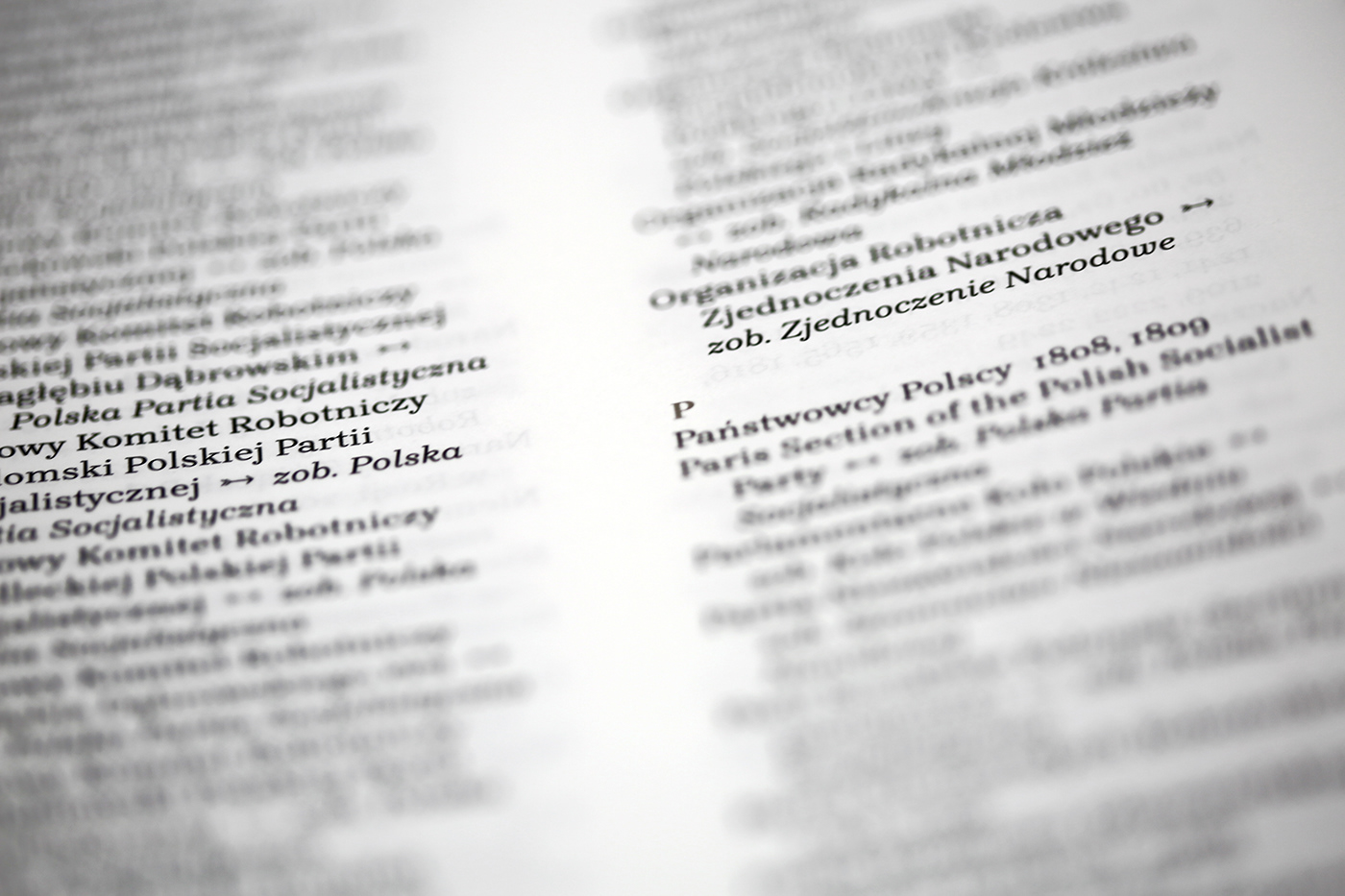
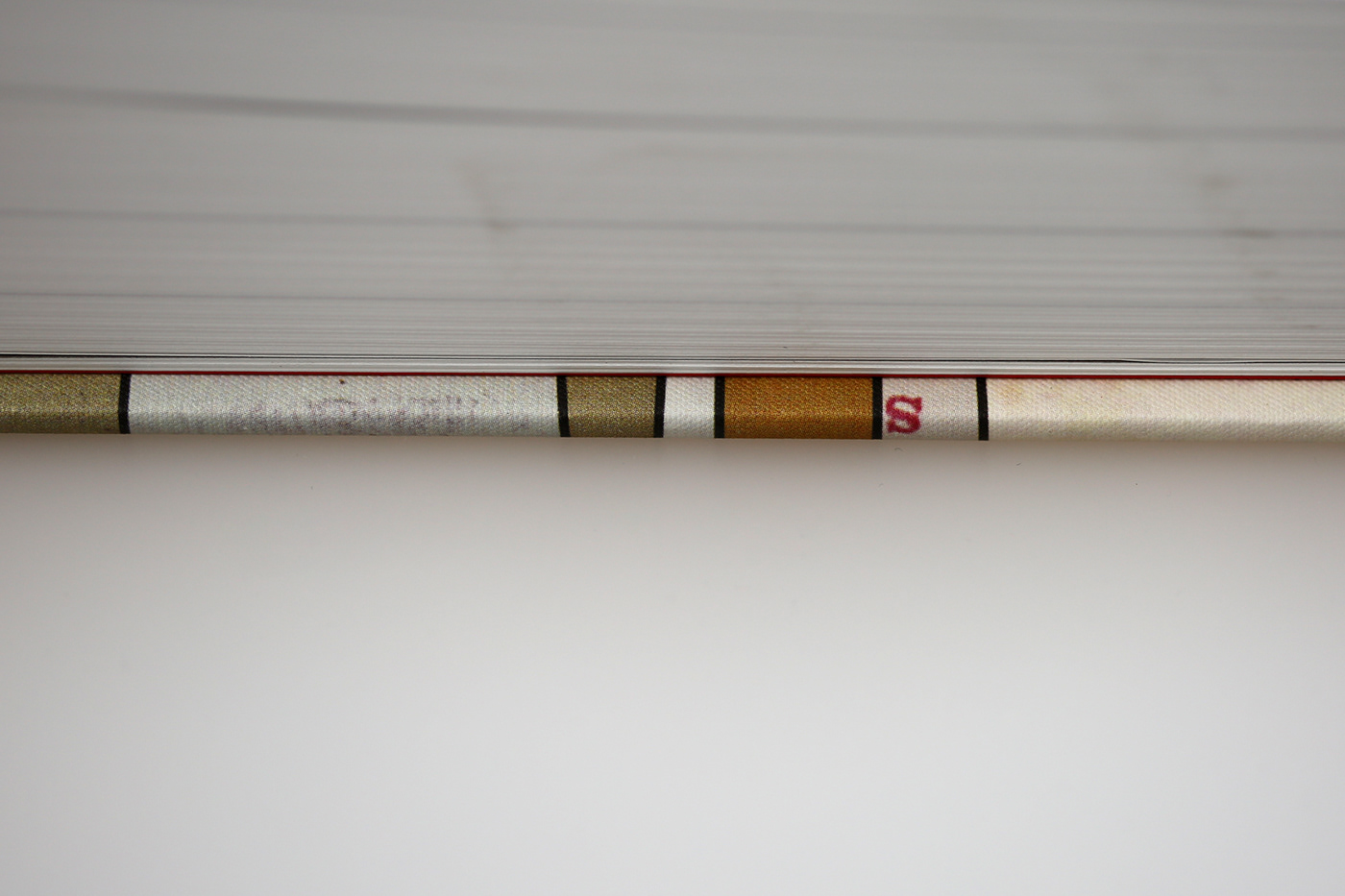
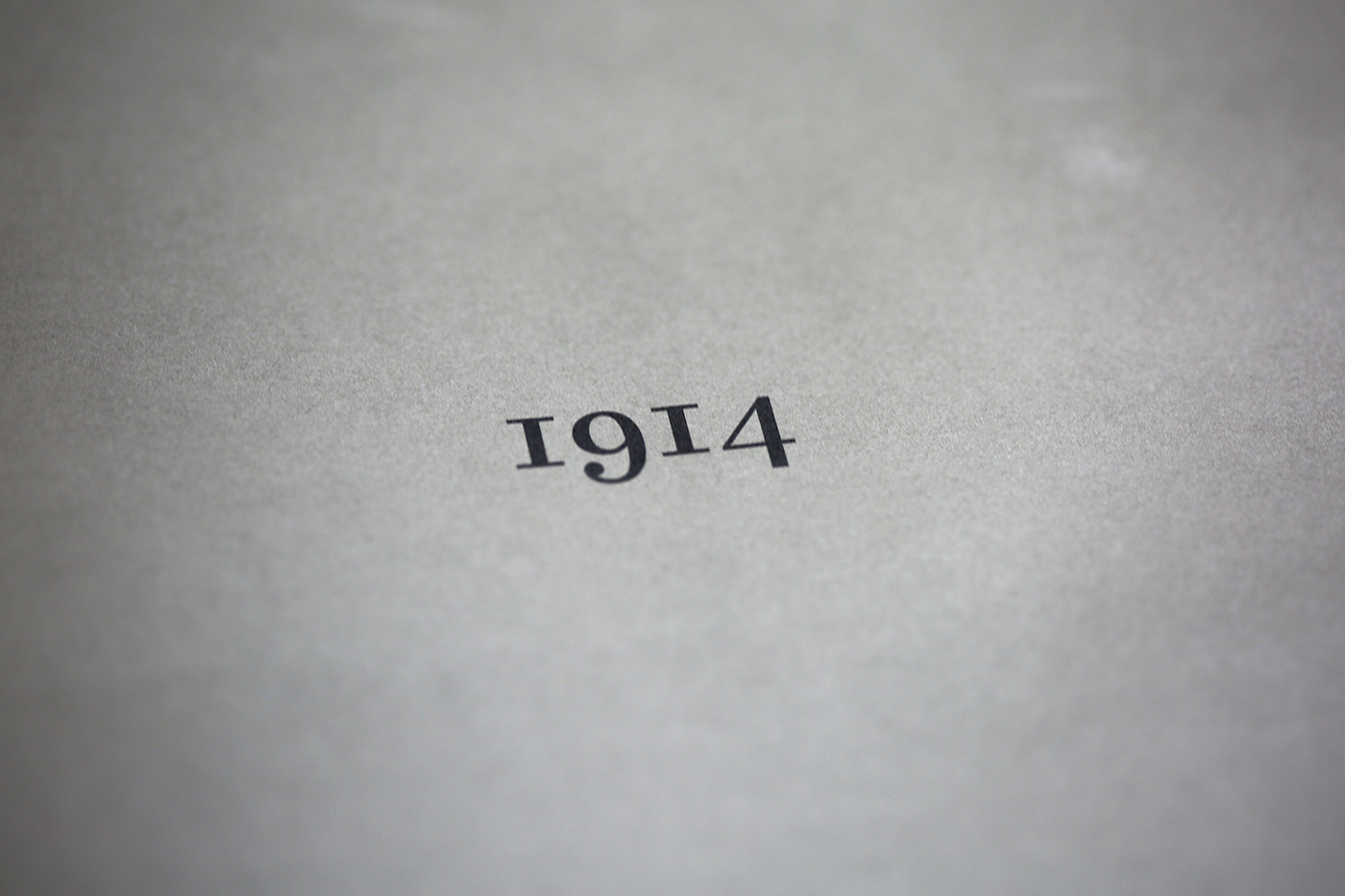

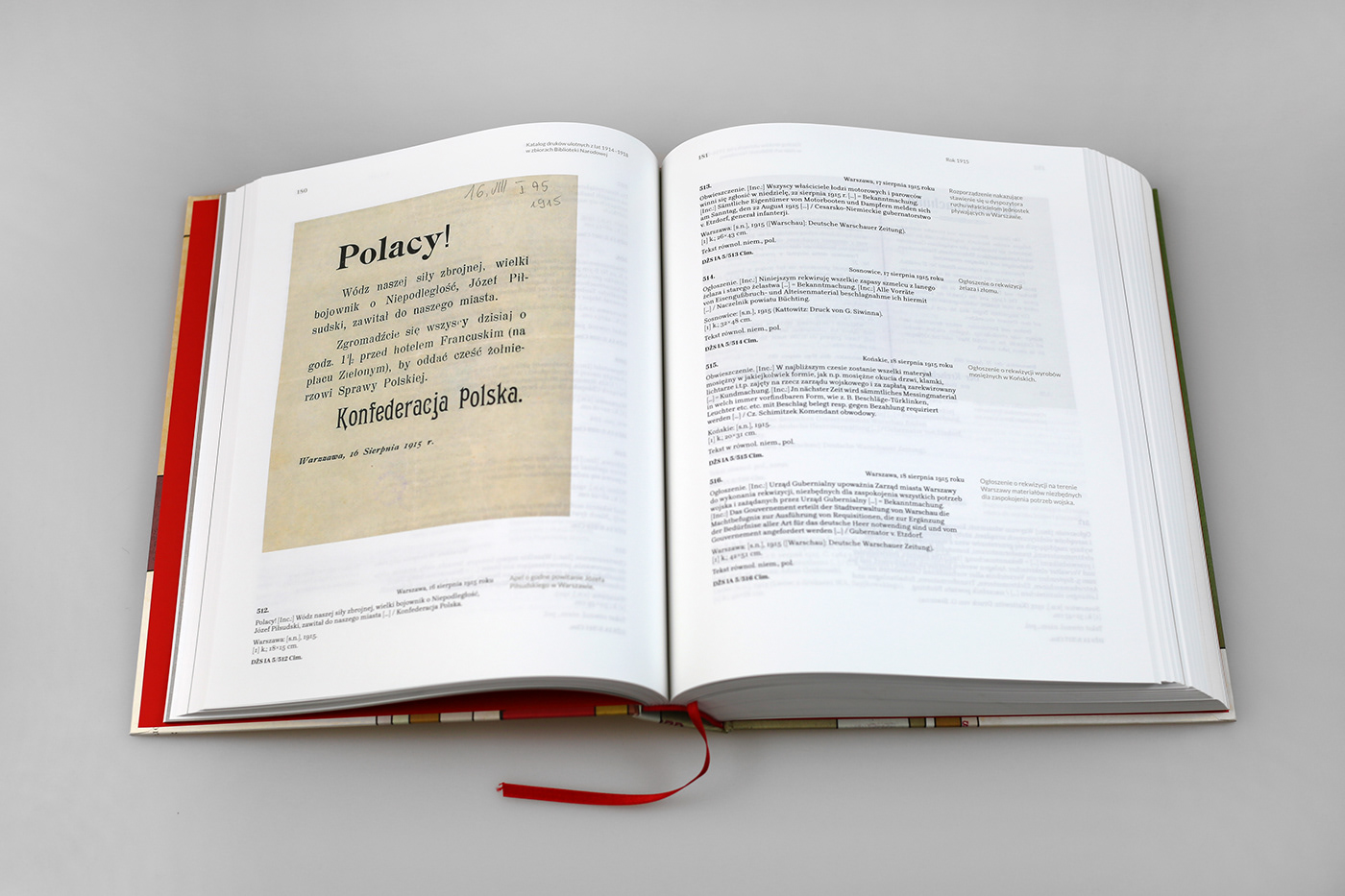
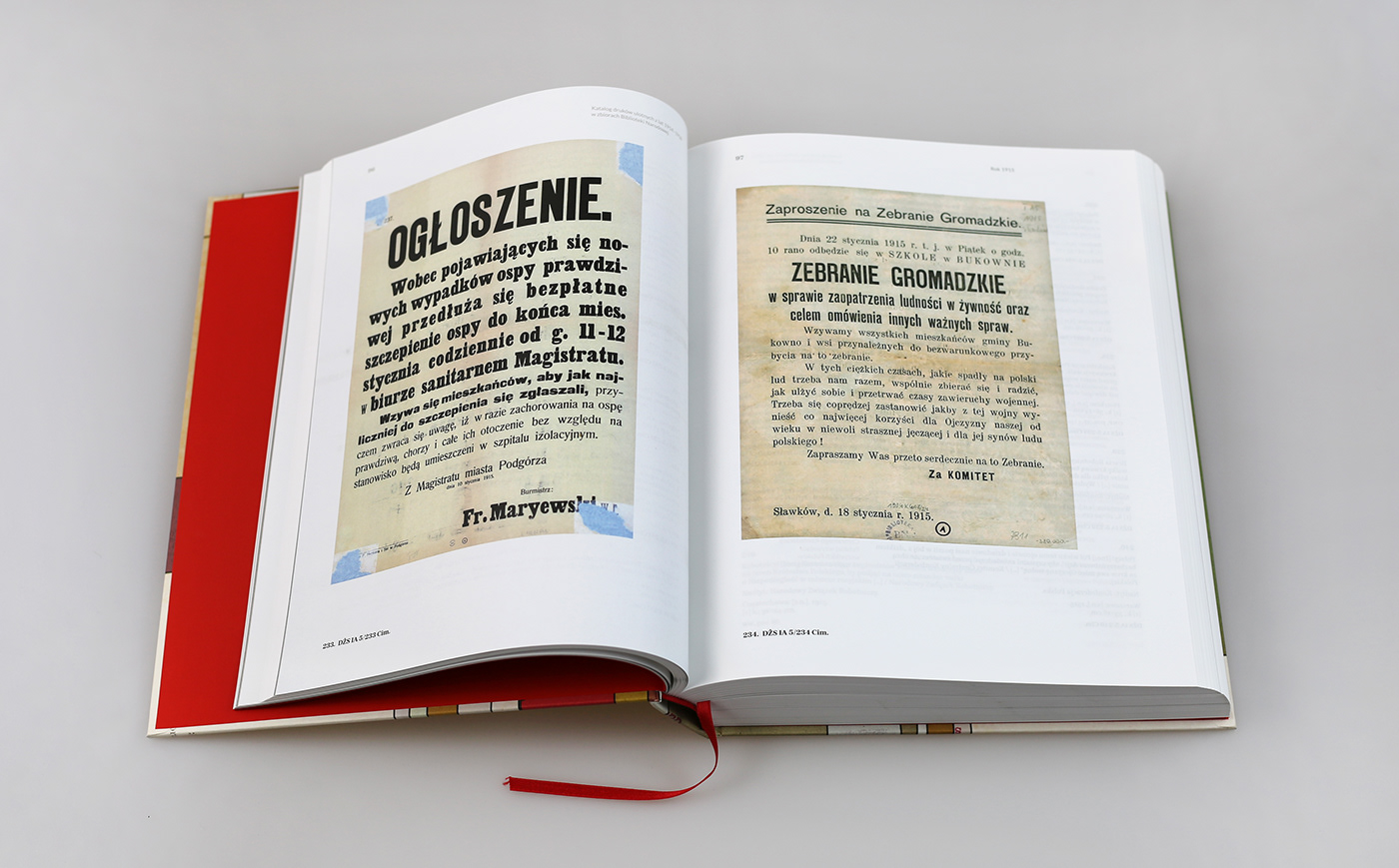
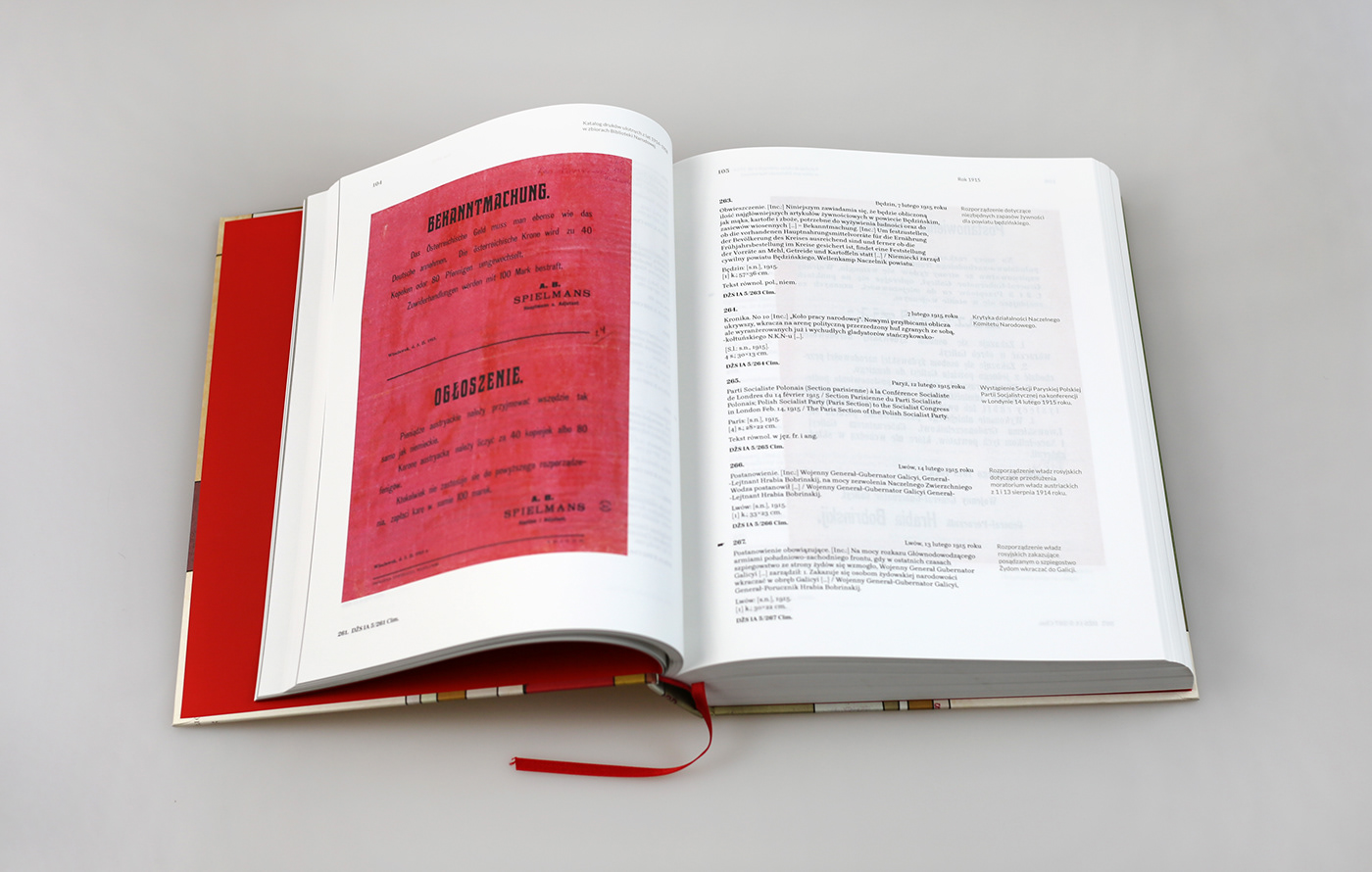
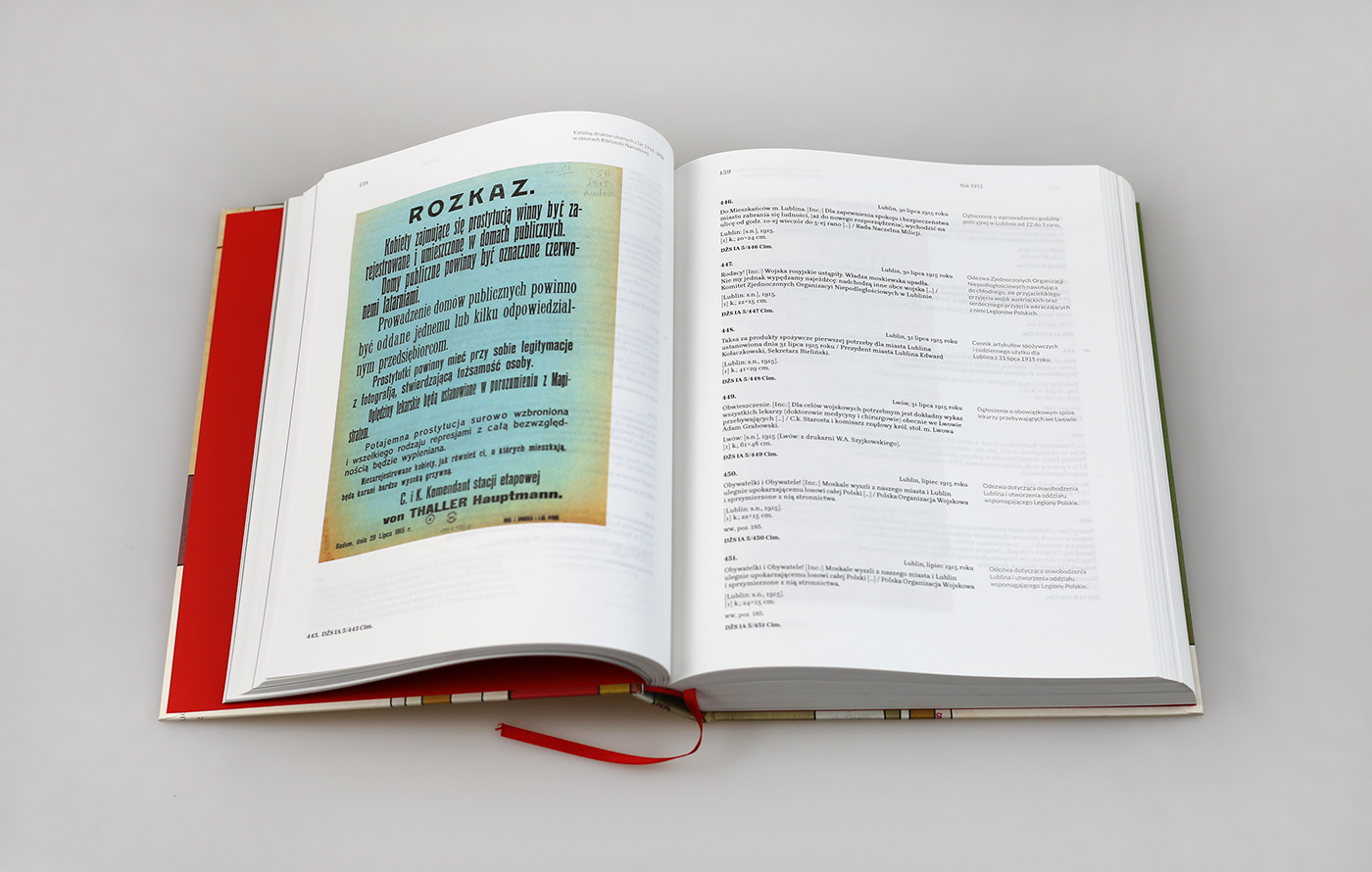

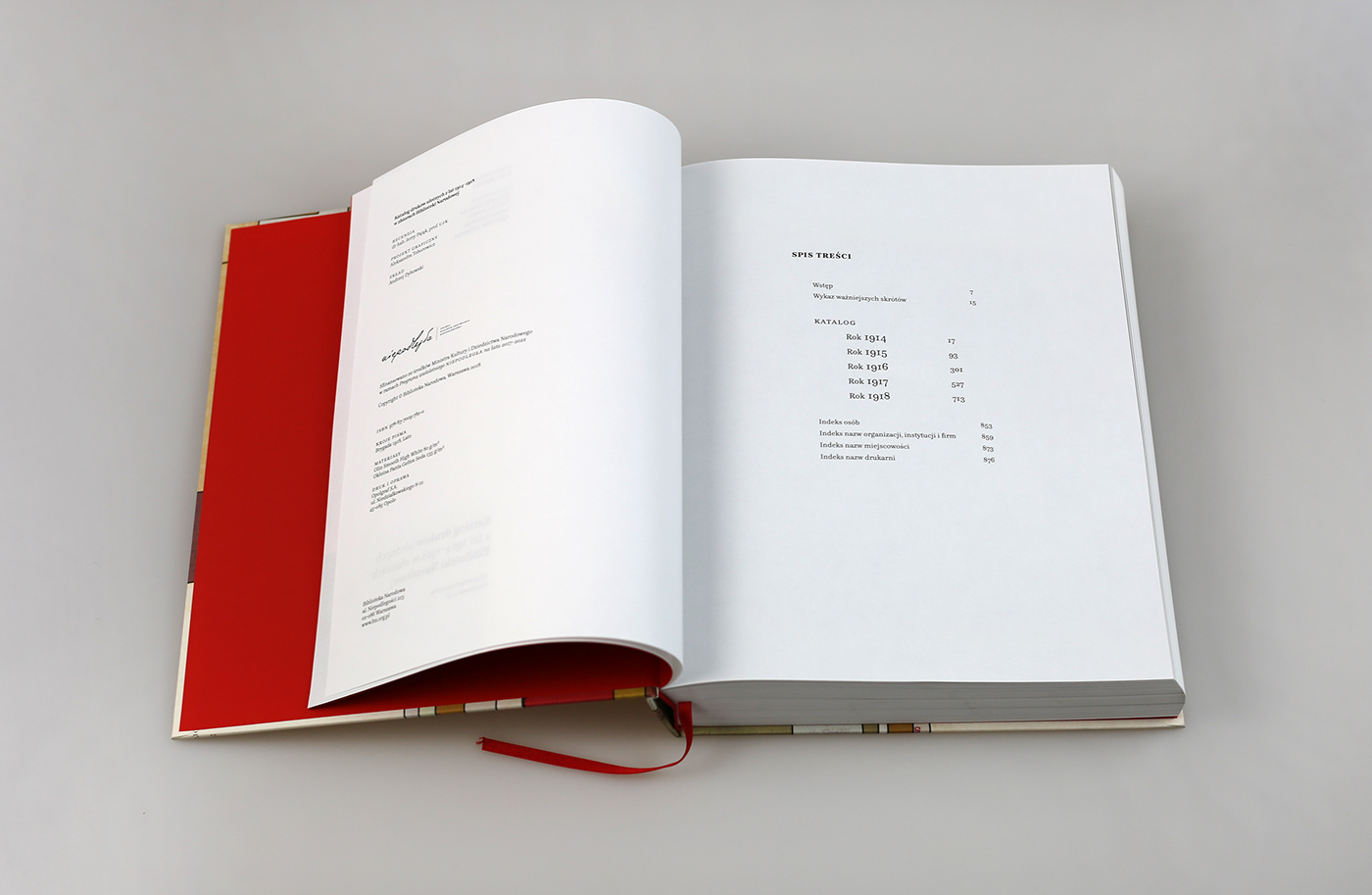
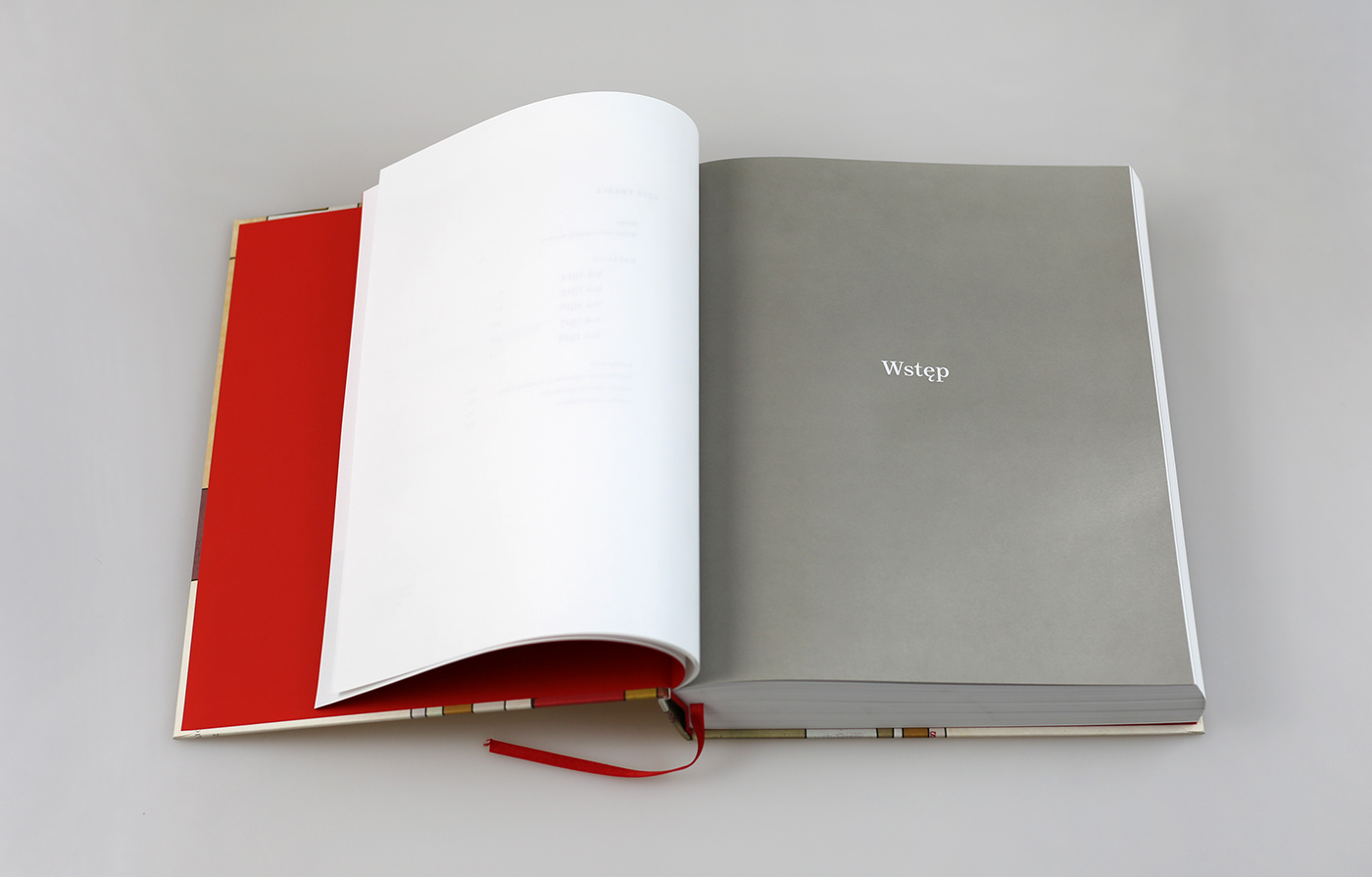
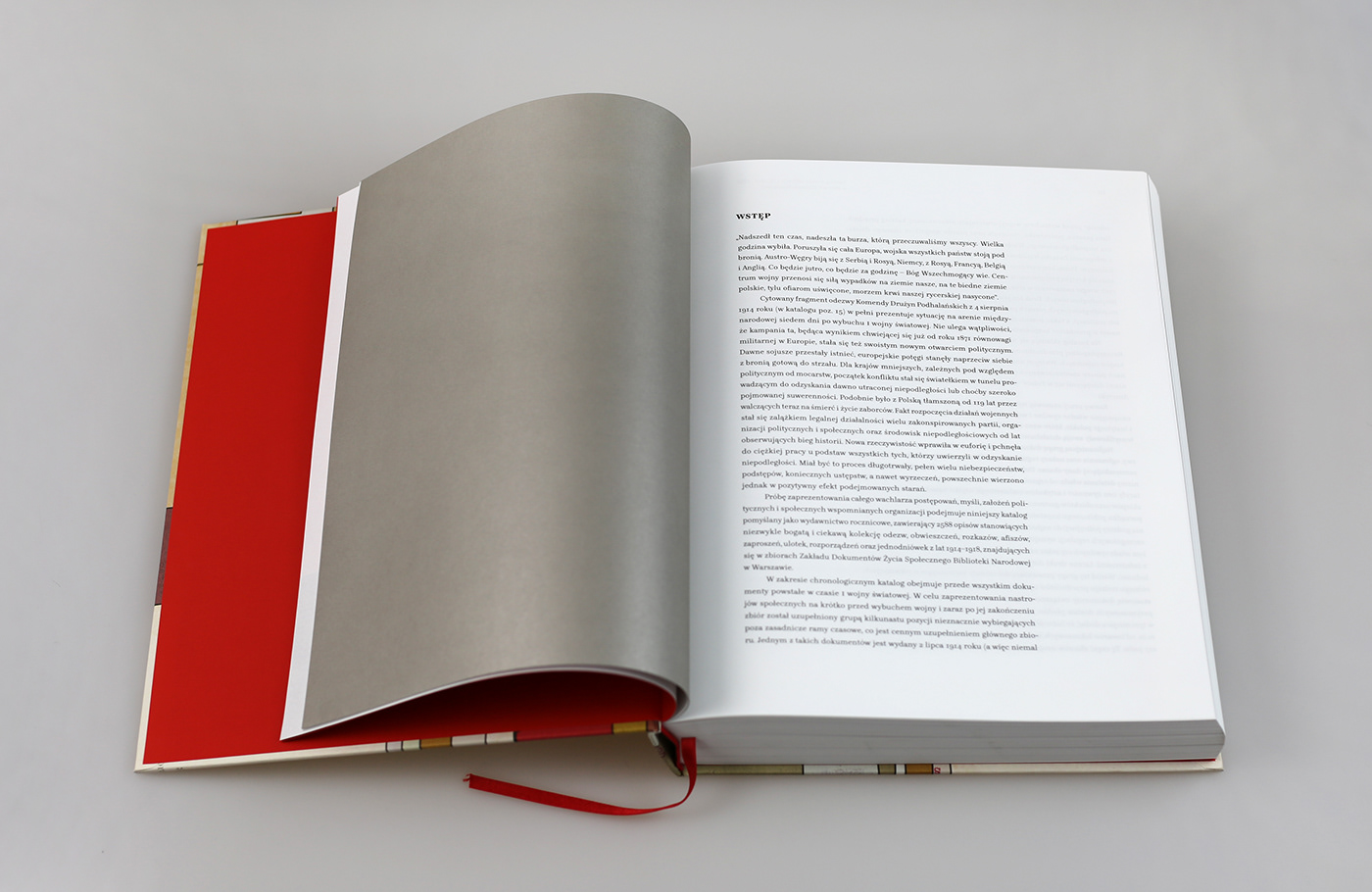
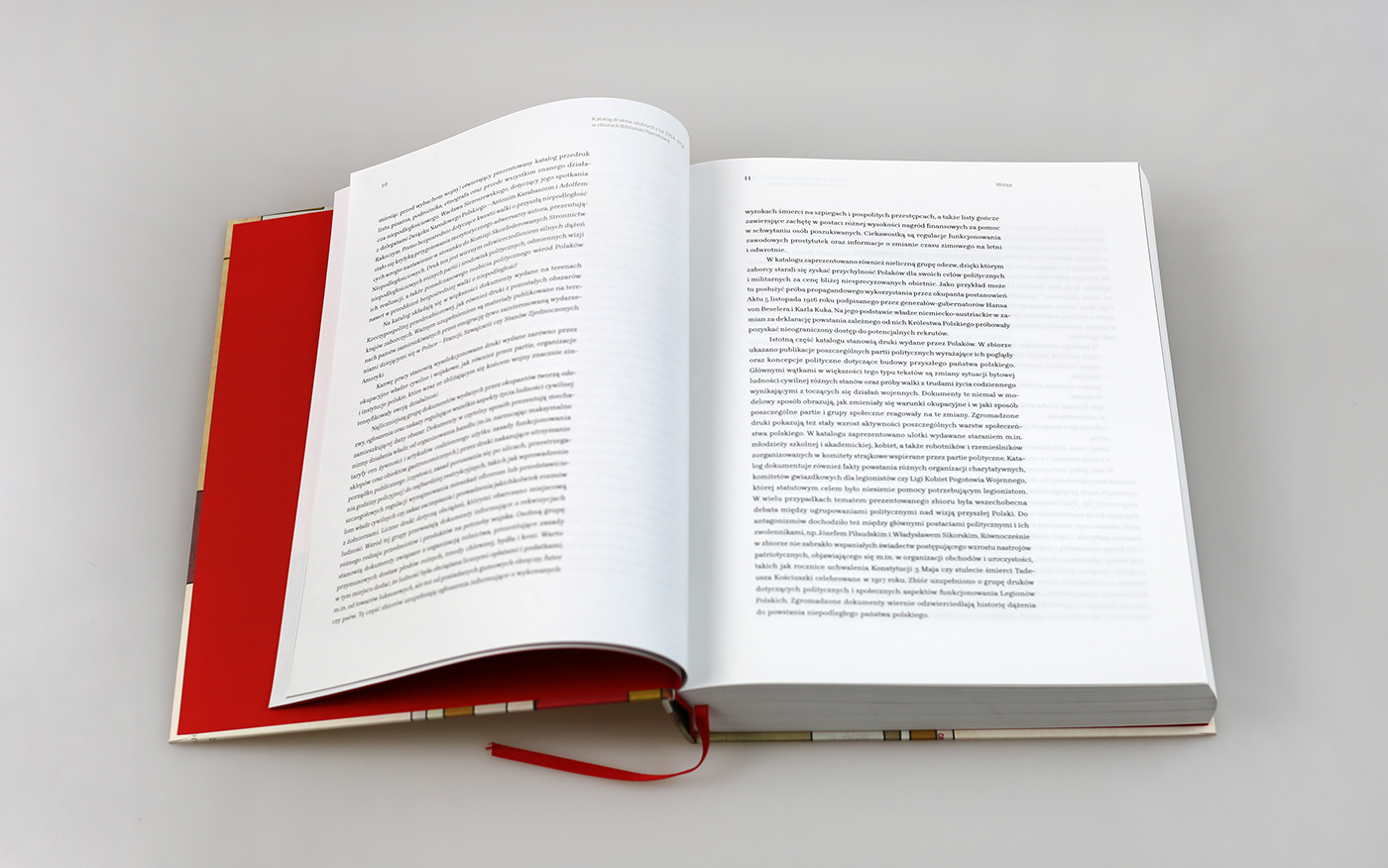
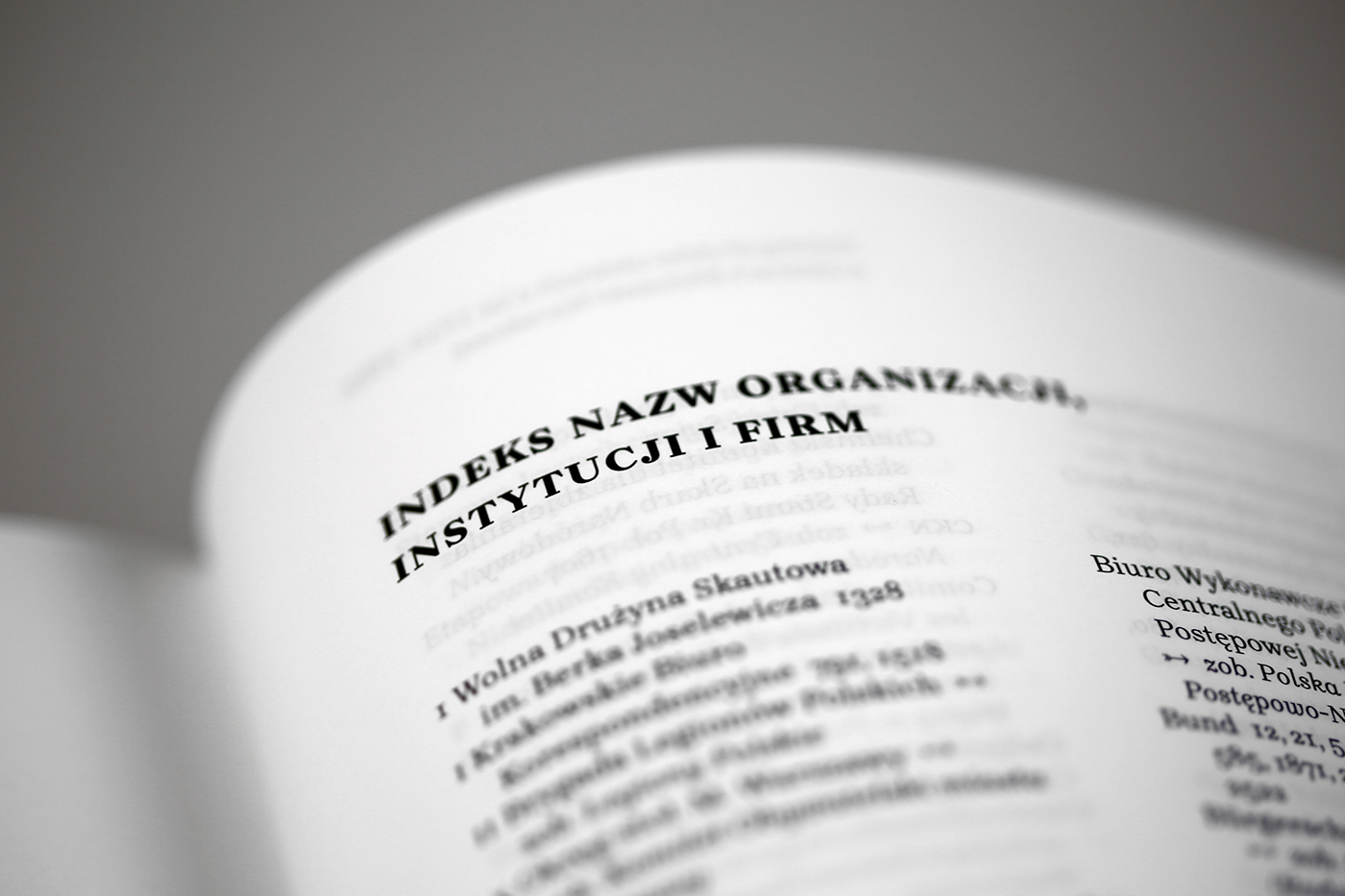
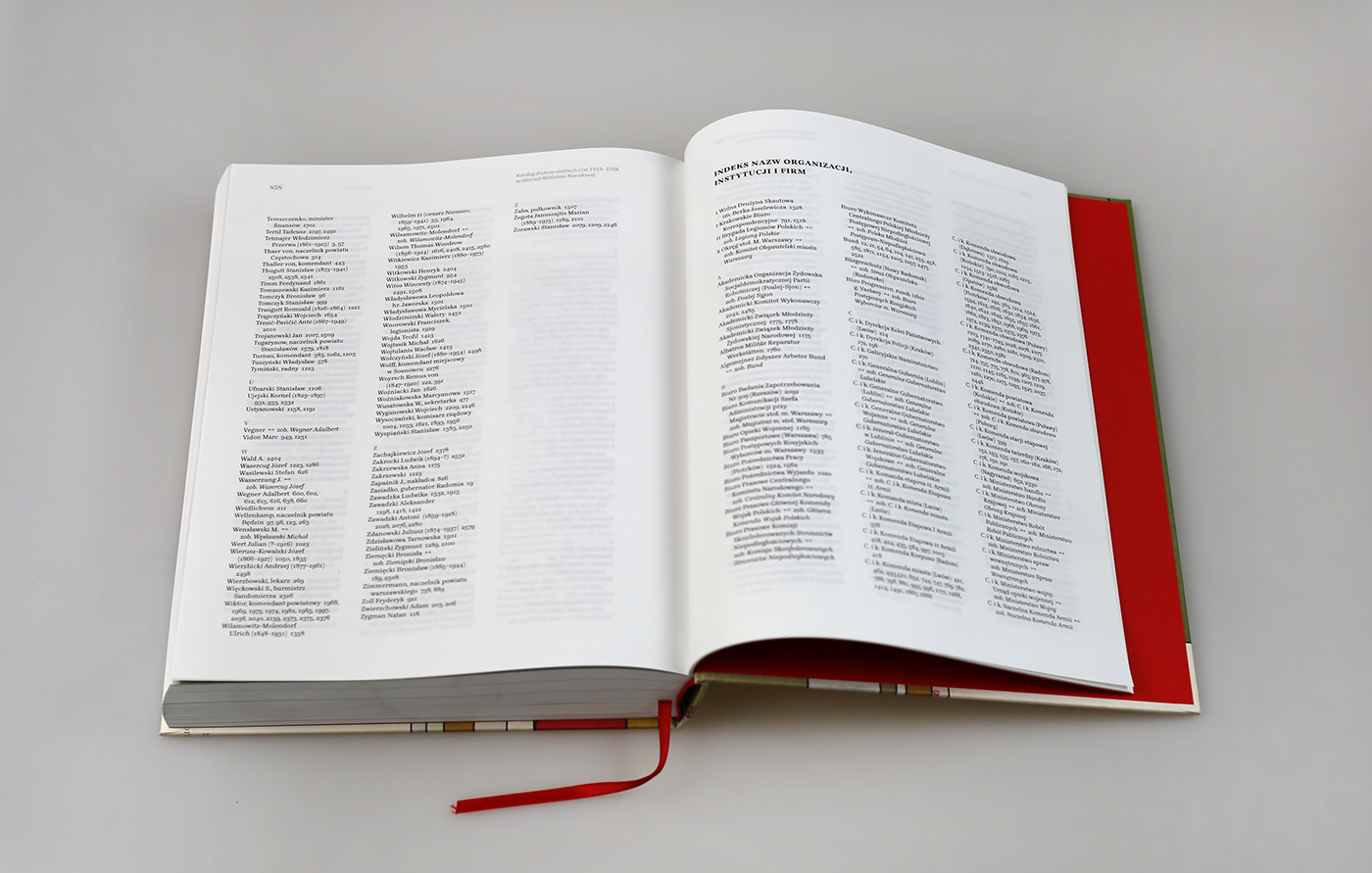

dziękuję / thanks!

